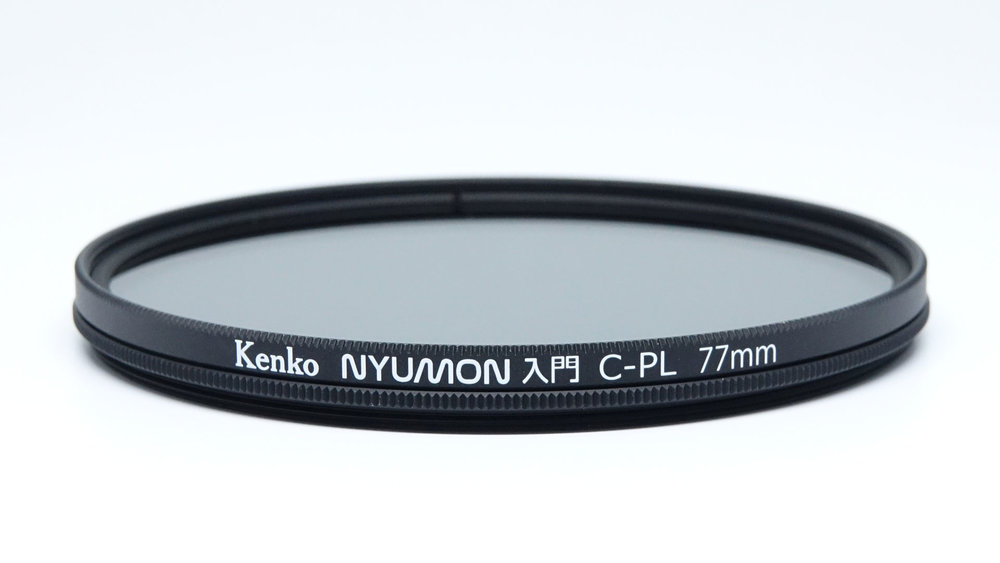Lens Filter Buying Guide

Photo by oxime via iStock
With the calendar firmly into 2020, I figured it was time to unleash an updated lens filter buying guide.
There is a wide variety of filters you can have in your camera bag, both in terms of types and manufacturers.
But like camera lenses, lens filters are not all made alike - cheap filters can cause color casts, vignetting, and degrade the sharpness of an image.
In other words, why invest in a great lens if you're going to put a junk filter on the front of it?
Bear in mind that I'm using "cheap" as a reference to build quality, not to price. There are many excellent budget lens filters that will give you excellent results.
Without further ado, let's get to the best lens filters for 2020 - lens filter kits, circular polarizers, ND filters, and more!
Haida M10 Pro Filter Kit

I recently got my hands on the Haida M10 Pro 100mm filter kit, and I have to say that I'm impressed.
I've used other Haida filter systems as well, and they are a great combination of features, quality, and price.
In this case, the kit has a 100mm filter holder that has a drop-in slot for a circular polarizer. This makes it quick and easy to add or remove the CPL as needed. As a landscape photographer, having a good circular polarizer is an absolute must!

In this case, I particularly appreciate the gear on the side of the drop-in filter slot that allows me to rotate the polarizer with much greater ease.
Likewise, the filter hold rotates 360-degrees so I can position the filters with precision. The locking mechanism keeps everything in place, too.
In front of that are three slots for 100mm filters, so you can purchase solid ND filters, graduated ND filters, or reverse grads and add them to the holder for the specific effects you need.
The kit includes four adapter rings to accommodate popular lens sizes (67mm, 72mm, 77mm, and 82mm), a storage pouch, and four lens caps. Get more details in the video below by Ikan International:
With all these components included in the kit, this is a great starter filter kit for any photographer.
And with Haida's extensive line of 100mm filters, you can add the necessary filters to the kit as you go along and build a high-quality system that helps you improve the quality of your photos.
Price: $228.27 at Amazon
Learn more about the Haida M10 Pro Filter Kit
Kenko Nyumon Circular Polarizer
 Photo by Gary Gray via iStock
Photo by Gary Gray via iStock
If you ask me, there is no more important filter to buy than a circular polarizer.
That's because a polarizing filter can have a positive impact on your photos in a whole host of ways.
They cut down glare off of non-metallic surfaces like water and they also help boost the contrast in the sky for a deeper blue atmosphere and whiter clouds.
Additionally, a polarizing filter cuts down on atmospheric haze so distant elements in the shot appear to be crisper, as shown in the image above.
If you're after a budget-friendly polarizer, look no further than the Kenko Nyumon polarizer shown above.
This filter is crafted using optical-quality glass that's polished and coated to repel everything from water droplets to the oils from your skin.
On top of that, Kenko has smartly mounted it in a SLIM ring, that way there's less chance of vignetting occurring when using a wide-angle lens.

There's a wide range of sizes available as well, so virtually any lens you have, Kenko likely has a polarizer to fit.
And starting at less than $15.00, these things are easy on your bank account too!
This is a prime example of how budget lens filters can strike a balance between price and performance.
Price: Starting at $43.00 at Kenko Imaging USA
Learn more about the Kenko Nyumon Circular Polarizing Filter
Editor's Tip: Get Kenko’s latest updates and access to promos for discounted gear. Click here to sign up.
PolarPro Summit Filter Kit

Earlier, I mentioned that not all filters are made alike.
The Summit filter kit by PolarPro is an excellent example of that sentiment.
To begin, this system has an integrated circular polarizer.
As you can see above, the polarizer slides into the filter holder to create a light-sealed system. The CPL is both low-low profile (to prevent vignetting) and it installs and removes easily.
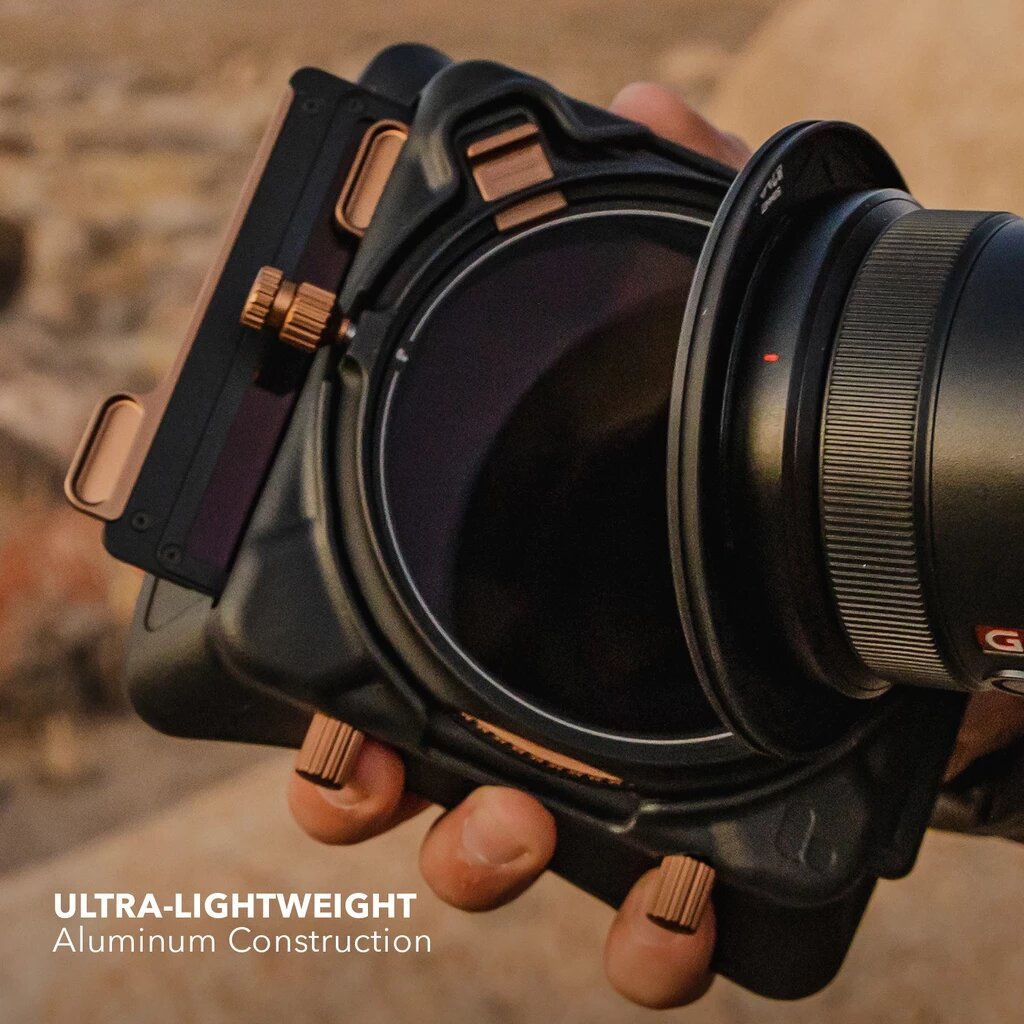
What's more, the Summit system has tool-free mounting options, a tool-less rail mount, and a snap-on hood attachment that make using this system a breeze. This is a huge benefit for those instances in which the light is changing quickly and you need to adapt your setup sooner rather than later.
PolarPro has made the Summit system super lightweight, too, so you don't have to carry a big, heavy, bulky set of filters around with you as you seek the next great photo opportunity.
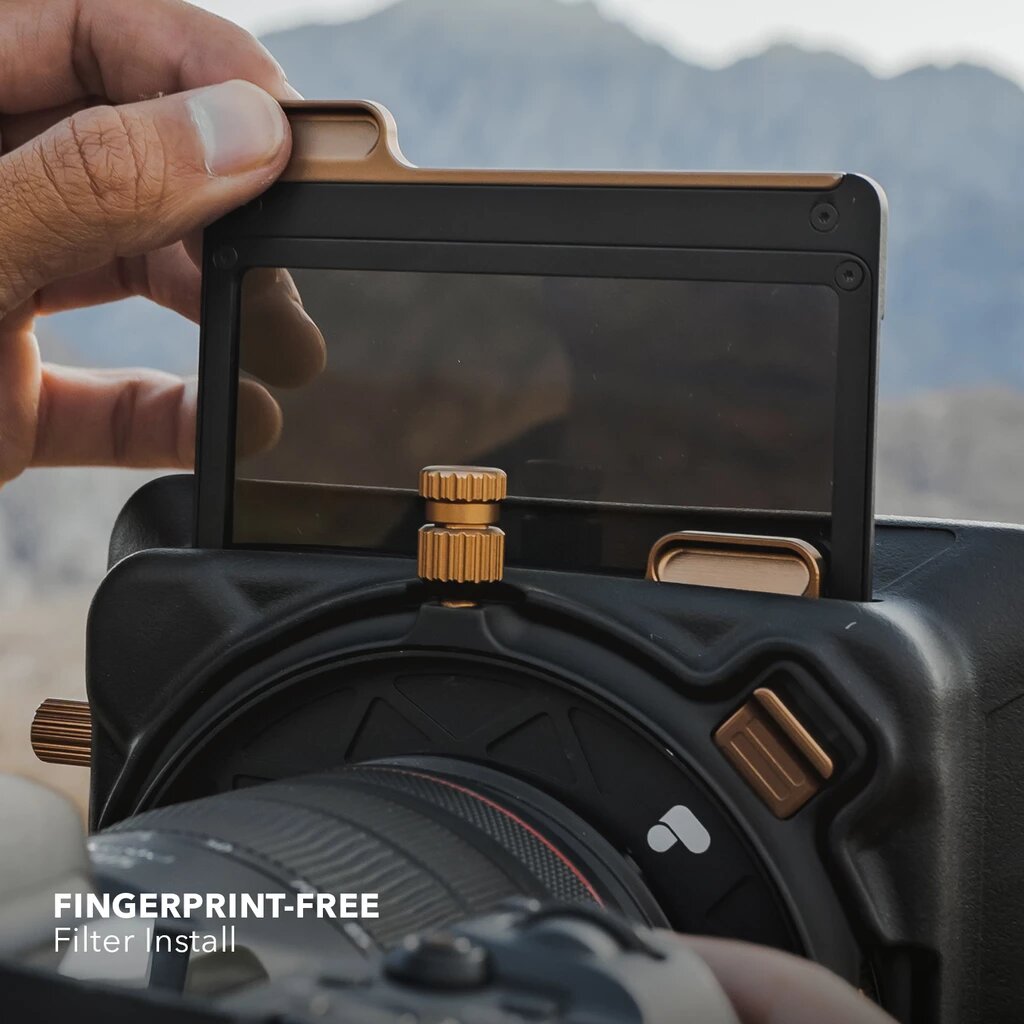
It helps that each filter has an aluminum frame, as that reduces fingerprints on the filter glass while also maximizing protection for the filter.
And since these filters are available in 67mm, 72mm, 77mm, 82mm, and 95mm, you can find the right size for your specific needs.
If you're a landscape photographer and you don't have a good set of filters, the PolarPro Summit system is an excellent option for you.
Price: $599.99 at PolarPro
Learn more about the PolarPro Summit Filter System
Formatt-Hitech Firecrest Ultra ND Filter

A solid ND filter allows you to slow down the shutter speed or open up the aperture when shooting in bright conditions without overexposing the image.
Photos with blurred motion wouldn't be possible when shooting in broad daylight, because all that light from the long shutter speed would result in a completely blown out photo.
ND filters come in all kinds of strengths, with darker ND filters blocking out more light, thus allowing you to get longer exposures or use larger apertures.

Formatt-Hitech's Firecrest Ultra ND filters are a good choice because they offer excellent features without busting your budget.
These filters are bonded, which helps protect the filter's coating from damage. This means that you get a filter that helps you achieve your photographic goals while also giving you longer-lasting and durable performance over the long-term.
Formatt-Hitech also uses a lap and polish technique when manufacturing the Firecrest Ultra ND filters, which results in glass that offers hyper-neutral performance. There is no color casting and you get superb sharpness, minimal aberrations, and enhanced clarity, too.

These filters are available as 100mm x 100mm squares and come in a wide range of popular densities from 1 to 10 stops.
If you're in need of an ultra-dark filter, though, Formatt-Hitech has Firecrest Ultra NDs that go from 13 stops up to a whopping 24 stops!
It's that kind of variety that enables you to select the precise ND filters you need to create beautiful long exposure images, even on the brightest of days.
Price: Starting at $179.00 at Formatt-Hitech
Singh-Ray Variable ND Filter

Years ago, variable ND filters didn't have a good reputation. They just didn't work well and left you with images that had artifacts that ruined your images.
But today's variable ND filters are a new breed, and options like this one from Singh-Ray are among the best.
A variable ND filter is one of the best filters for landscape photography.
In a single filter, you have the capability of blocking anywhere from two to eight stops of light with the turn of the filter in its housing.
If you need to build a run and gun setup, having a single variable ND filter could be advantageous, rather than carrying multiple ND filters to achieve the same feat.
 Image Credit: Marco Crupi
Image Credit: Marco Crupi
As explained earlier, an ND filter is a must-have if you want to introduce motion effects - like blurry water or clouds - when photographing during the daytime.
With this filter, all you have to do is turn the filter to control how much light passes through the lens. And since it's a Singh-Ray, you can depend on quality construction that retains the color fidelity of the scene (and the sharpness, too).
Variable ND filters aren't just for still photography, though - you can utilize them when shooting video as well!
Price: $340.00 at Amazon
Learn more about the Singh-Ray Variable ND filter
Breakthrough Photography X4 Circular Polarizer

Breakthrough Photography's X4 circular polarizer is a top choice of many photographers thanks to its excellent performance and superb build quality.
The durable design is built to withstand the rough-and-tumble world of landscape photography. You can use it in high winds, in the presence of saltwater or dust, and other arduous environmental conditions and not worry that it will fail.
Additionally, these filters are guaranteed to maintain their optical clarity and color neutrality for 25 years thanks to its weather-sealed design.

This polarizing filter is one of our best filters for 2020 because of its nanocoating. Breakthrough Photography utilizes a bespoke nanotec coating that beads water and other elements off the glass. This means a cleaner filter for improved results while minimizing smearing, fingerprints, and so forth.
Paired with the SCHOTT Superwhite B270 optical glass, you get excellent light transmission, particularly in the ultraviolet, visible, and infrared spectrums.
Add to that a state-of-the-art multi-resistant coating that reduces reflections and improves contrast, and you have a recipe for a polarizer you can get a lot of mileage out of (and great results, too).
Price: Starting at $129.00 at Adorama
Lee Hard-Edge Graduated ND Filter

Our Lens Filter Buying Guide 2020 wouldn't be complete without a hard-edge graduated ND filter.
This one, by Lee, comes in various sizes to accommodate different setups, including 75mm x 90mm, 100mm x 150mm, and 150mm x 170mm. They're also available in various strengths, from 1-stop to 4-stops.
These hard-edge grads are perfect for landscape situations in which there is a definite horizon.
The quick transition from darkened to undarkened areas allows you to match up the filter with the horizon and get the desired filter effects for the sky while leaving the landscape below it untouched.

What sets this filter apart from those by other manufacturers is that it is hand-made with a gradual build-up of the ND gradation.
The gradation on the filter is created by dipping the filter into baths of dye. As a result of this hand-made process, you get hyper-accurate results that give you the ultimate in creative control.
With a hard-edge grad or two in your bag, you'll be better equipped to create beautiful landscape images that are well-exposed throughout.
Between the quality build and reasonable prices, you can see why this is among the best lens filters for 2020!
Price: Starting at $113.00 at Adorama
Learn more about Lee Hard-Edge Graduated ND Filters
Argraph Marumi M100 Filter System

Marumi’s Magnetic M100 Filter Holder and their line of magnetic filters are just what the doctor ordered for photographers that are sick of sliding filters in and out of their holders.
The M100 filter holder sports a slim 10mm design with strong magnetic attachments that hold the filter in place. The foam gaskets on the filter holder ensure that there are no light leaks to ruin your photos.

If using a circular polarizer, it rotates independently in the filter holder and features water and oil-repellent coatings on both sides that minimizes clean up.
The filter also has anti-static-anti-scratch, and anti-reflection properties that ensure you have the ideal shooting experience.

The other magnetic filters in Marumi’s lineup have the same features, including their graduated ND filters and solid ND Filters.
The graduated ND filters include hard-edge, soft-edge (as shown above), and reverse grads for photographing landscapes with a definite horizon, a variable horizon, and at sunrise and sunset, respectively.

Of course, there are also many different solid ND filters available from 2-stops all the way up to 15-stops.
Like the other Marumi filters mentioned above, these ND filters are made of durable Schott 5270 glass that offers high-definition results.
When photographing landscapes, the quality of light can change from one second to the next. That’s why this magnetic system is so compelling - by reducing the time spent swapping out filters, you can spend more time photographing the beauty before you!
Price: $149.99 for the M100 Filter Holder, $139.95 for the circular polarizer, and $199.95 for solid ND filters.
Cokin P-Series Soft-Edge Graduated ND Filter

Another popular filter for landscape photographers is a soft-edge grad, like this one by Cokin.
A soft-edge grad is ideally suited for use when there is not a definite horizon.
Unlike the hard-edge grad we discussed above, this one has a much more gradual transition from the filtered to non-filtered areas.
This allows for use in situations in which there are undulations in the horizon line, and when buildings, trees, and other objects that extend above the horizon.


What makes this Cokin soft-edge grad so great is its price - it's one of the best budget lens filters we've yet to find at less than $28.
But don't let that cheap price fool you - this is a well-built filter that performs well (as shown by the before and after photos above), which is why it has 4.5 out of 5 stars on Adorama!
It's specifically designed for use with Cokin's excellent P-series filter holder and features hyper-neutral results that you would expect from a high-quality filter.
This filter comes as a 3-stop, which is an ideal strength for many landscape photography situations in which the bright sky needs to be brought down a little.
Price: $27.61 at Adorama
Learn more about the Cokin P-Series Soft-Edge Graduated ND Filter
Haida NanoPro MC Reverse ND Grad

Last but not least, a great filter to have in your camera bag is a reverse ND grad, like this one by Haida.
A reverse ND grad is specifically designed for sunrise and sunset photos when the brightest part of the sky is along the horizon.
As you can see, the darkest part of the filter is in the middle, and it gradually gets lighter as you go toward the top (with no filtration on the bottom). This means you can manage the brightness of the sky along the horizon without impacting the darker areas of the sky above and the darker landscape below.

As you'd expect from Haida, this filter is well made without a huge price tag.
You get a high-quality, multi-layered filter that helps repel dirt and smudges. These filters are also extremely scratch-resistant, which is exactly what you want for your landscape photography outings.
These filters offer excellent sharpness, zero color casting, and they reduce reflections as well.
The high-grade optical glass is durable, too.
Price: Starting at $90.00 at Adorama
We Recommend
Mastering Filters Series - 10-Stop Solid Neutral Density Filter
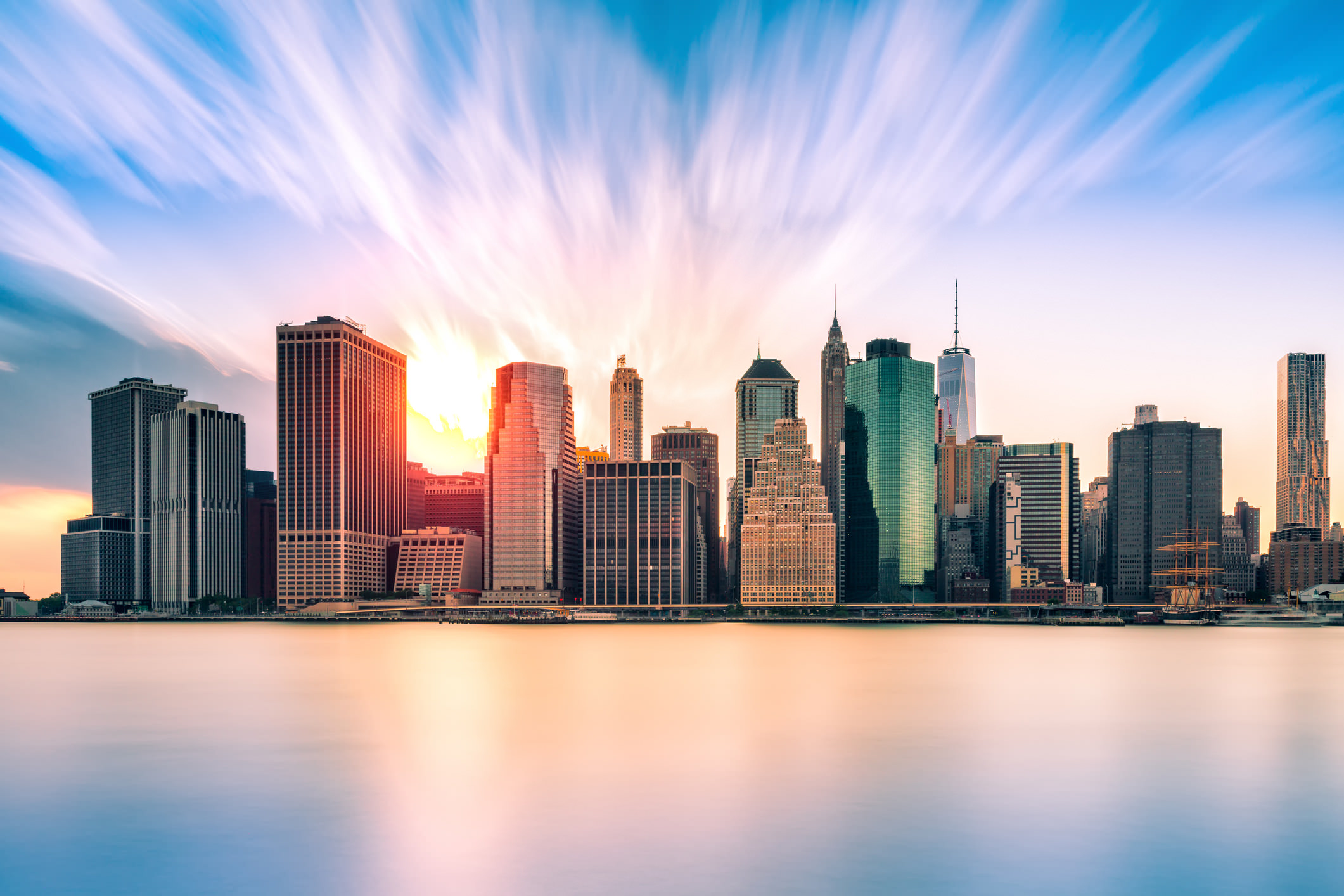
Over the course of our mastering filters series, we’ve explored a number of filter options. We already examined neutral density filters on a general level, and dove deep into 5-stop solid neutral density filters as well. In this installment of the series, we move on and bring the discussion to 10-stop solid neutral density filters.
Like the 5-stop solid ND, the 10-stop solid ND offers you the flexibility you need to create stunning long exposure images, but to a greater degree. Let’s take a look at some of the advantages of using one of these powerful filters.
Long Exposures in Bright Daylight or Overcast Skies
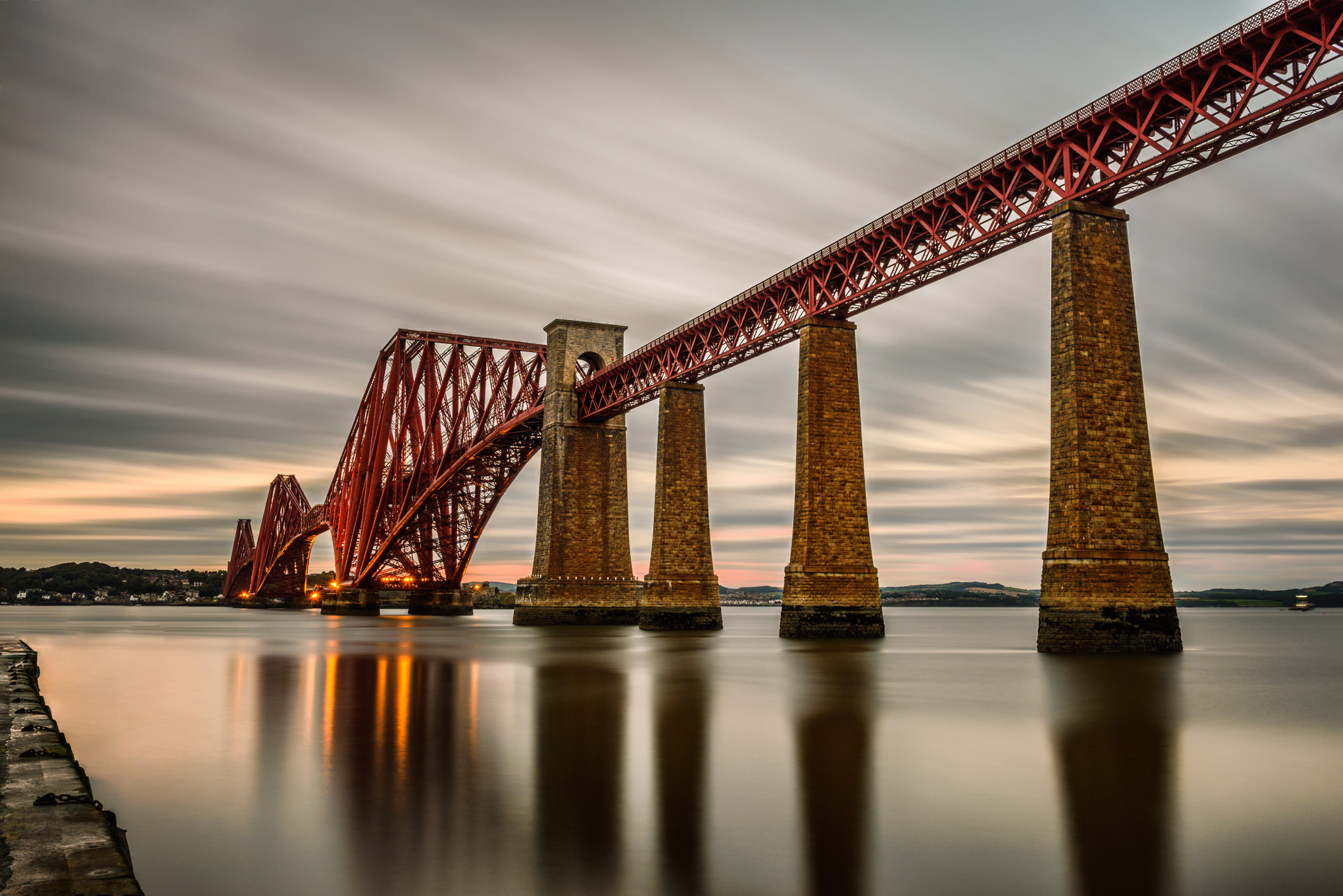
The bread and butter of a 10-stop solid ND is in allowing you to create long exposures even in bright daylight. Consider this: with a 10-stop solid ND, a 1/250 second exposure can be lengthened to a full 4 seconds. A 1/60 second exposure becomes 15 seconds. These extended exposures are possible because with certain 10-stop solid ND filters, only .19% of available light is allowed into the lens. With an ND filter this powerful, you can easily blur movement, even if the sun is out and shining.
But, the beauty of this filter is that it can also be used under overcast conditions to get you exceptionally long shutter speeds. For example, under cloudy skies, a 1/15 second exposure is extended to a full minute, and a 1/4 second exposure becomes four minutes. With that kind of time, just imagine the possibilities for creating images with exceptional movement of water, clouds, passing vehicles, and the like.
Stacking Possibilities
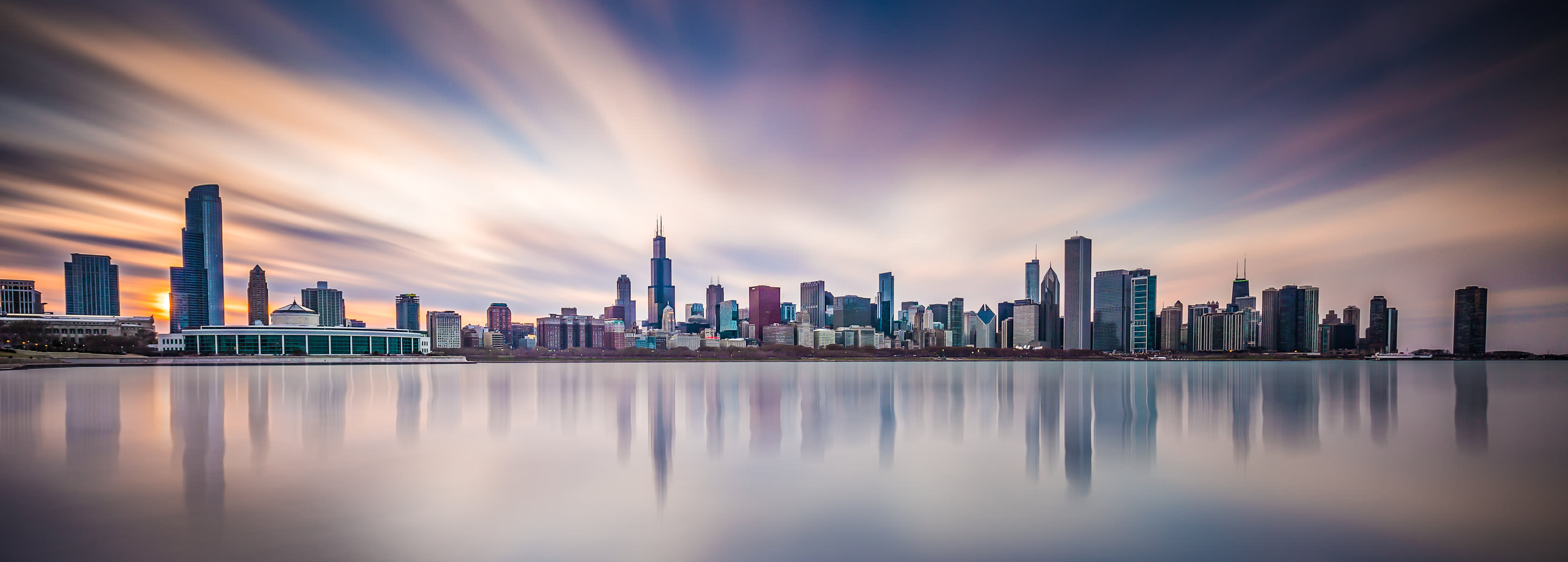
Another advantage of using a top-quality 10-stop solid ND filter is that you can stack other filters with them to enhance the visual effects. For example, you might add a polarizing filter if you’re photographing a subject that is susceptible to reflections, like the surface of water. It’s a simple matter of mounting the polarizing filter to your lens, dialing in the level of polarization you need, and then adding your 10-stop solid ND on top. What’s more, if black and white photography is your specialty, add a color intensifier filter to your setup. Doing so expands the amount of greys in the scene, producing black and white images that have more visual appeal.
Gorgeous Blur on Slow-Moving Water
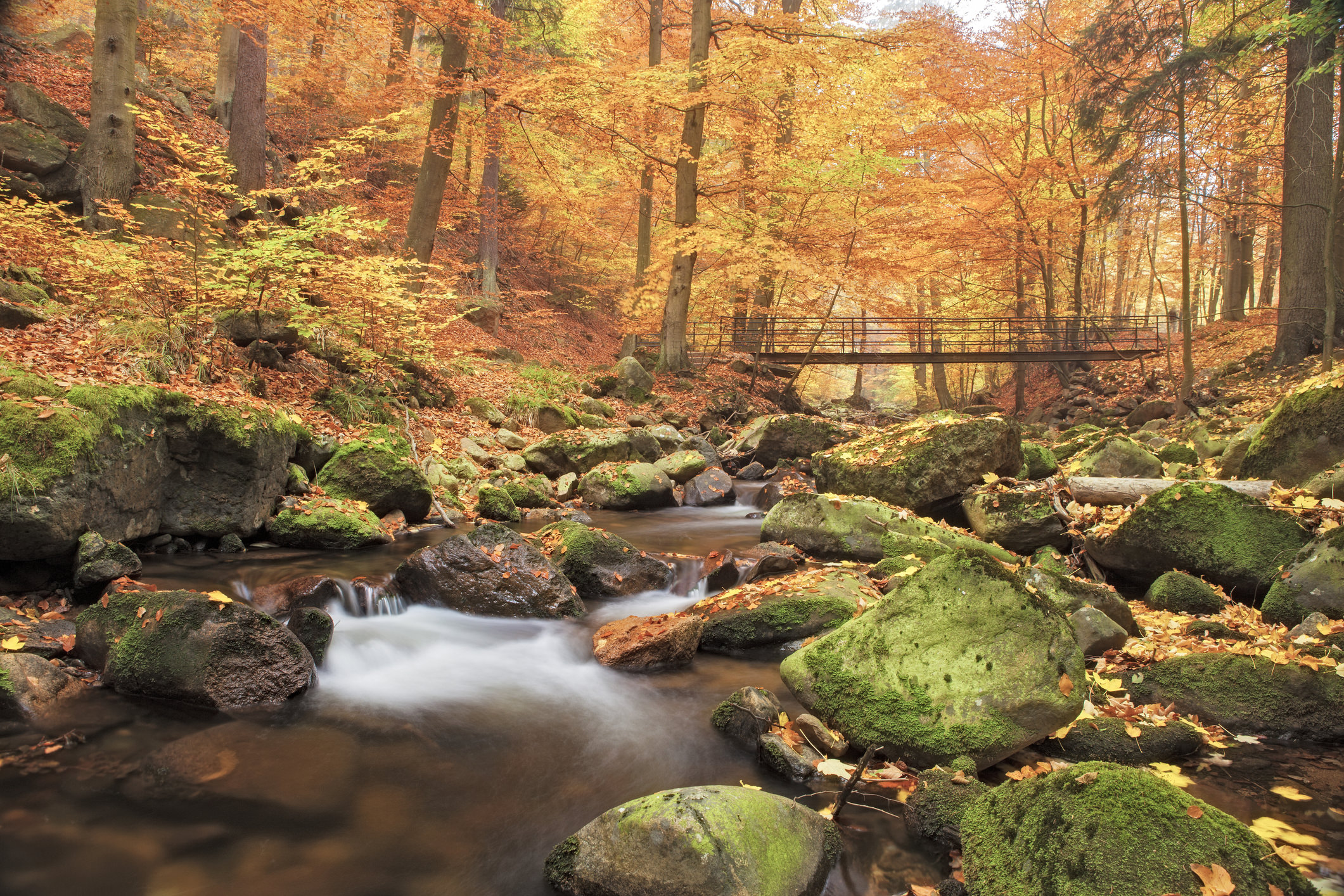
One of the primary draws of using an ND filter is the ability to blur movement. However, less powerful filters might limit you in terms of the time of day you can shoot, or even limit you regarding the speed of the movement you can blur. However, with the light filtering power of a 10-stop solid ND, you can get that wonderful, milky blur of moving water, even if the water isn’t moving all that fast. With the slow shutter speeds, you can achieve with that much stopping power, a babbling brook or gentle stream can be rendered as a dreamy slice of water that would be impossible to achieve with a less powerful filter. No more looking for white-water rapids or enormous waterfalls with fast-moving water - instead, you can get the same blurred effects by visiting the nearest stream.
Equip Yourself With the Best
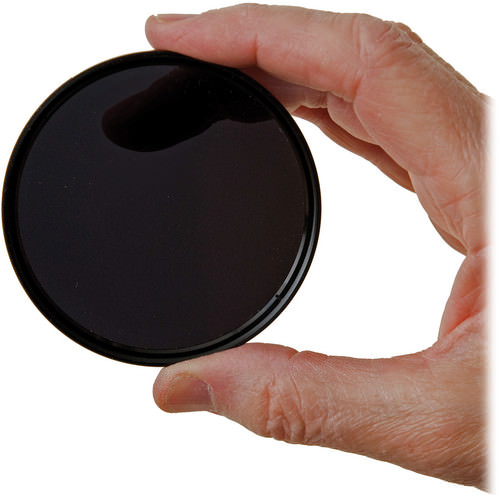
Of course, the quality of the long exposure images you create depends in large part on the quality of the filter attached to your lens. If you want the best photographic results, we highly recommend using a Singh-Ray Mor-Slo 10-Stop Solid ND Filter. These filters have gained wide acclaim and high praise from photographers of all experience levels as being the best in the business, and we couldn’t agree more.
Consider this: these filters are specially designed to minimize color casts and maintain color fidelity - two things that cheap filters just cannot do. What’s more, Singh-Ray’s proprietary glass is highly polished, resulting in images that have outstanding clarity. There are also thin-ring options, which helps reduce vignetting when paired with a wide-angle lens.
In the end, if you want to expand your ability to create gorgeous long exposures, a 10-stop solid ND filter is the way to go. You’ll be able to shoot in sunny conditions, and of subjects that move more slowly, yet still achieve the dreamy, surreal long exposures that are so eye-catching. The key, of course, is to set yourself up for success by honing your craft and equipping yourself with a quality product like those from Singh-Ray.
We Recommend
Mastering Filters Series - 15-Stop Solid Neutral Density Filter
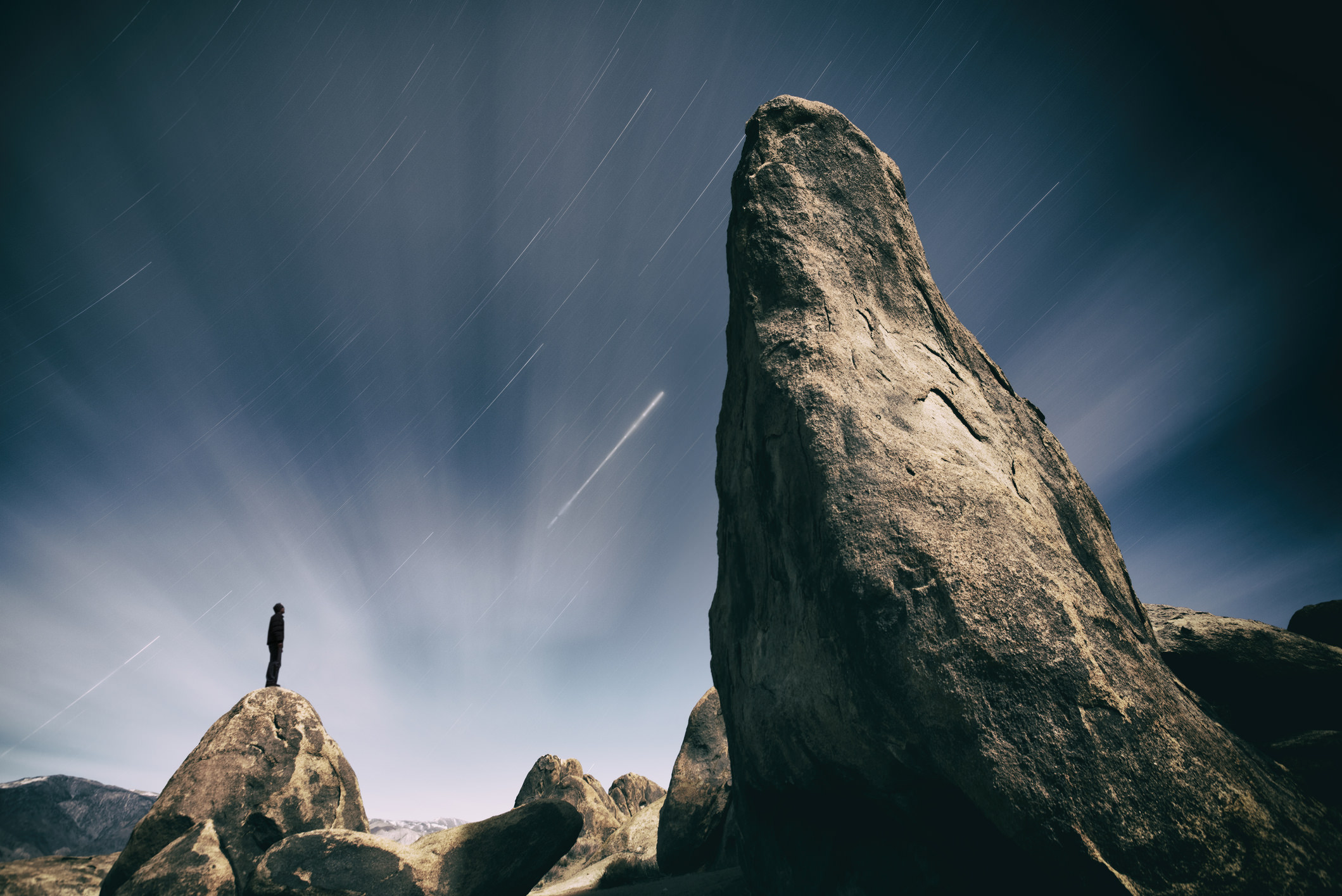
We continue our mastering filters series with an in-depth look at the 15-stop solid ND filter, a top choice for photographers that want to have extended creative control over the images they create.
But why is a 15-stop solid ND filter something you need in your camera bag? These filters - assuming you buy one that’s of high-quality - can help you take your photography to the next level. By using a lower ISO and a larger aperture, the images you create are clean and beautiful, with features that are difficult, if not impossible to get during the daytime - like a shallow depth of field on a long exposure image.
Let’s take a closer look at these invaluable filters.
Why Use a 15-Stop Solid ND?
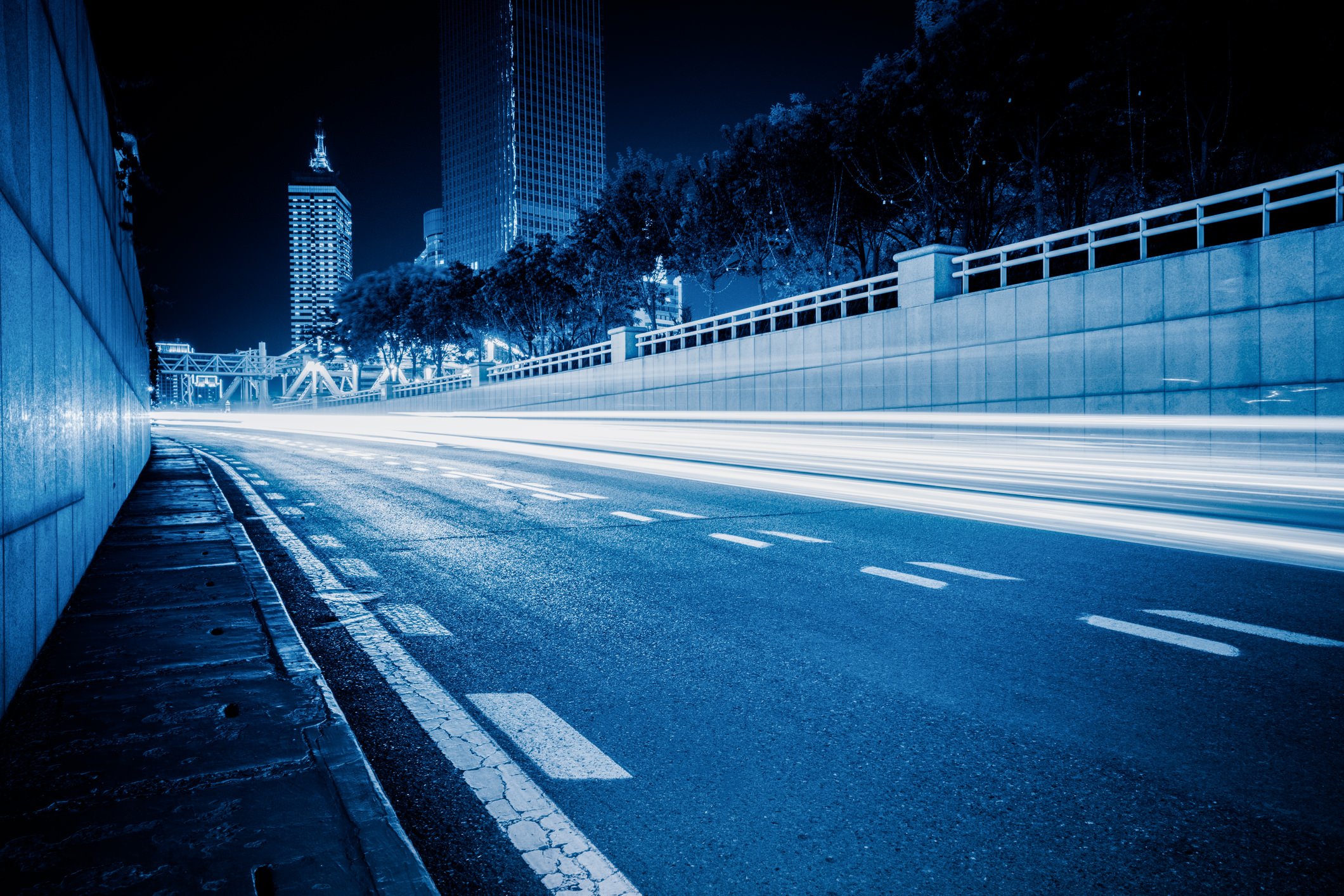
For people that have used 5-stop and 10-stop solid NDs, the first question they might have with a 15-stop solid ND is...why?
The answer to that question is very simple - image quality. No matter how good the filters are that you use, it’s just a fact of the matter that when stacking filters, your lens has to see through more elements. And, as the number of filters increases, the likelihood increased that the image quality will lessen.
Now, this isn’t to say that stacking filters is poor practice. In fact, you might only notice a very slight degradation in the quality of your images when stacking filters. However, because photography is all about the fine details, a 15-stop solid ND filter allows you to work with less and get more. That’s a great combination!
What’s more, though many people use 15-stop solid NDs under very bright lighting, you can still use it even under overcast conditions or in the early morning or late evening hours as the sun rises or sets. That means you can use your filter from sun up to sundown, without the need to swap out filters.
Blur Slow-Moving Clouds
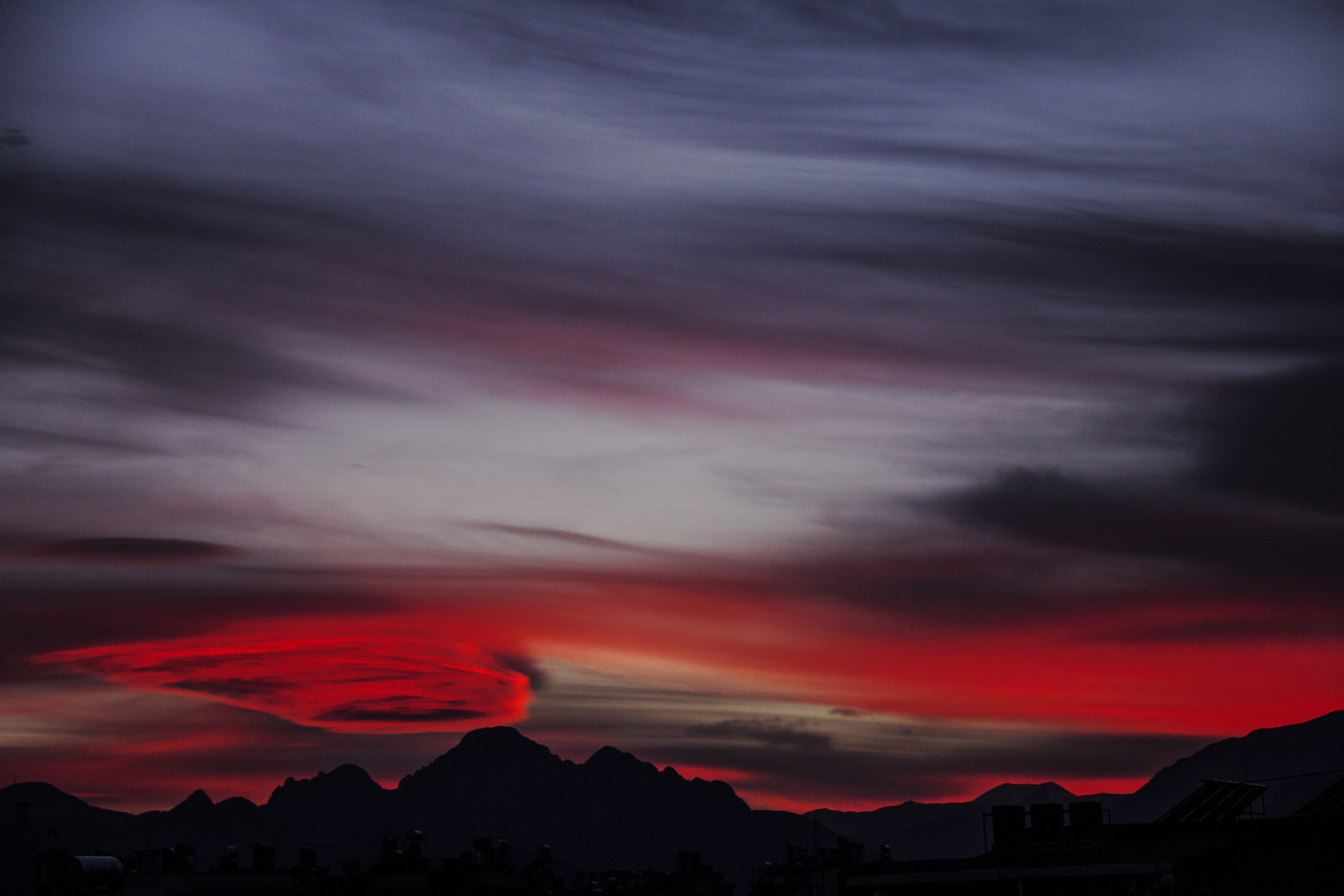
There are occasions when you’re out shooting that the conditions just won’t cooperate. For example, if you’re out on a bright, sunny day with a few wispy, slow-moving clouds moving through the scene, a 5-stop or 10-stop solid ND filter might not have enough filtering power to get you the slow shutter speeds that you need to blur the movement of those slow-moving clouds.
But with a 15-stop solid ND filter, that won’t be a worry.
Slow-moving clouds are no match for 15-stops of filtering power. Where you can get an exposure of four minutes with a 15-stop solid ND, you can only get a 1/125 second exposure without any filter at all. And, consider this: an exposure time of 1/2 second with no filter becomes an incredible 4 hour 16 minute exposure with a 15-stop solid ND. That means no matter how slow those clouds (or rivers or cars) are moving, you’ve got plenty of light-stopping power to get the long exposure results you want.
Shoot Wider
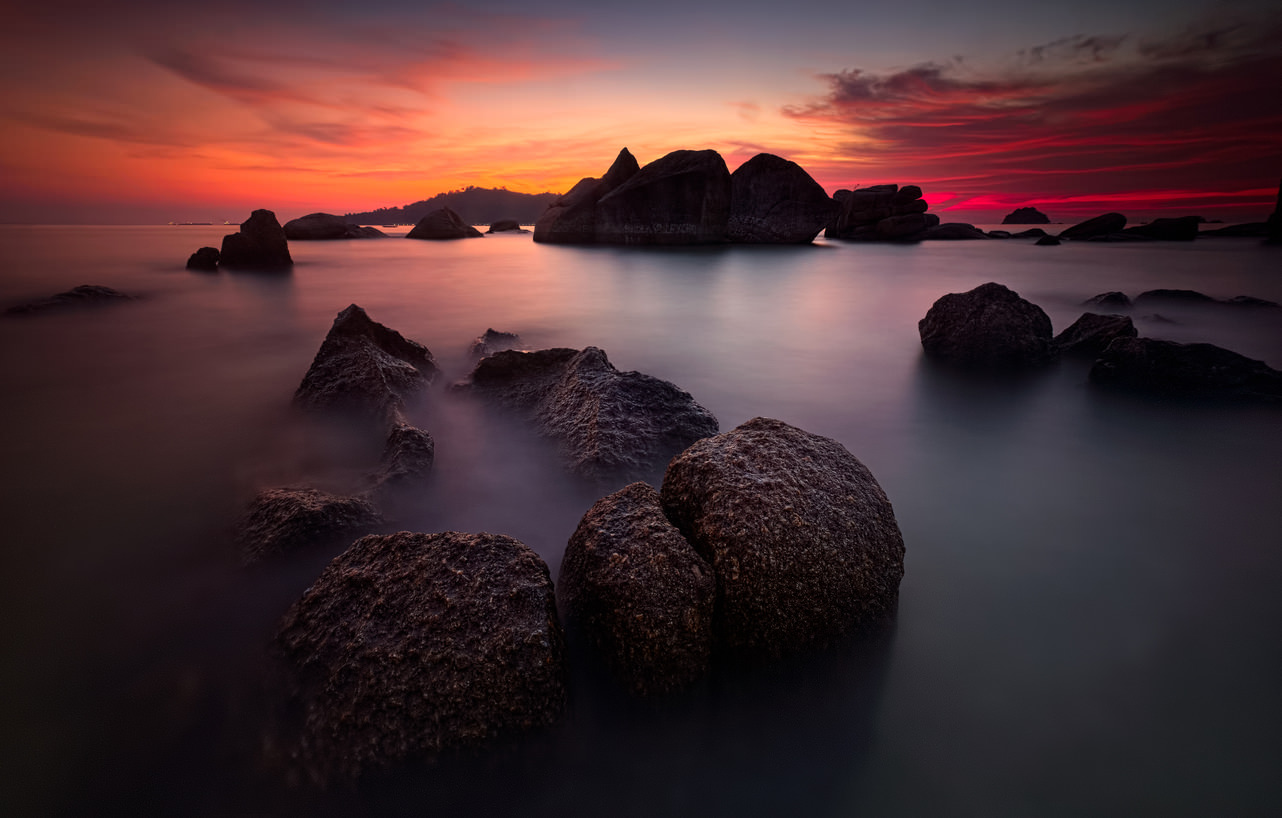
Speaking of getting the results you want, a 15-stop solid ND filter allows you to utilize a larger aperture than normal. So, rather than having to shoot at f/22 to limit as much light as you can, you can open the aperture up a few stops. This can improve your images in a couple of ways. First, if you need a shallower depth of field, you have the leeway to open the aperture to achieve the depth of field you want.
Second, and perhaps more importantly, is that you can avoid using the maximum aperture of your lens and instead choose something wider - and closer to the lens’ sweet spot - for an image that is sharper with less distortion. Even by moving from f/22 to f/16, you’ll see sharper results, so just imagine the sharpness if you open up your lens to f/11 or f/8! A 15-stop solid ND filter allows you to do just that.
Quality is Key
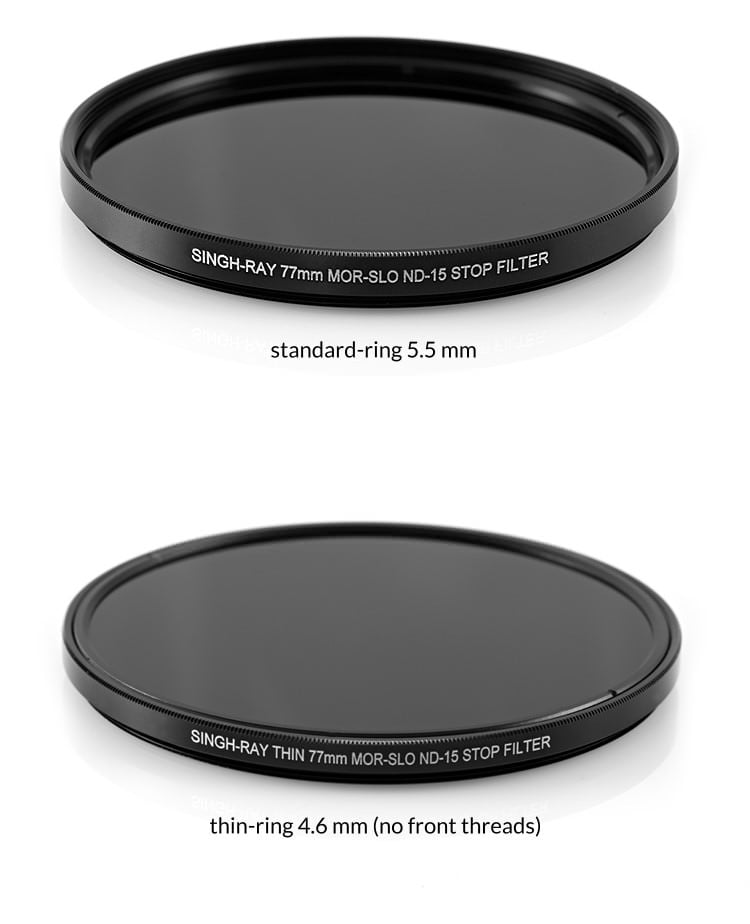
As we’ve spoken about in each installment of our Mastering Filters Series, the quality of the filters you use is as important as the quality of the lens attached to your camera. Good glass can’t be hidden behind a cheap filter, otherwise, the results you get will not be reflective of your lens’ abilities.
Instead, equip yourself with a filter with a proven track record, like the Singh-Ray 10-Stop Solid Neutral Density Filter. There’s a reason why so many professional photographers turn to Singh-Ray - they are simply the best filters on the market today. The polished glass renders images with incredible clarity, minimal color casts, and high color fidelity. Whether you shoot indoors with a strobe or outdoors with nothing but natural light, this filter will help you create the images that you envision in your mind with the greatest of ease.
Greater creative control, improved sharpness, larger apertures, lower ISOs...there are just too many benefits of using a 15-stop solid ND filter to go without one any longer! Expand your abilities to create the long exposure images you most want to create by adding a top-quality 15-stop solid ND to your camera bag.
We Recommend
Mastering Filters Series - 5-Stop Solid Neutral Density Filter
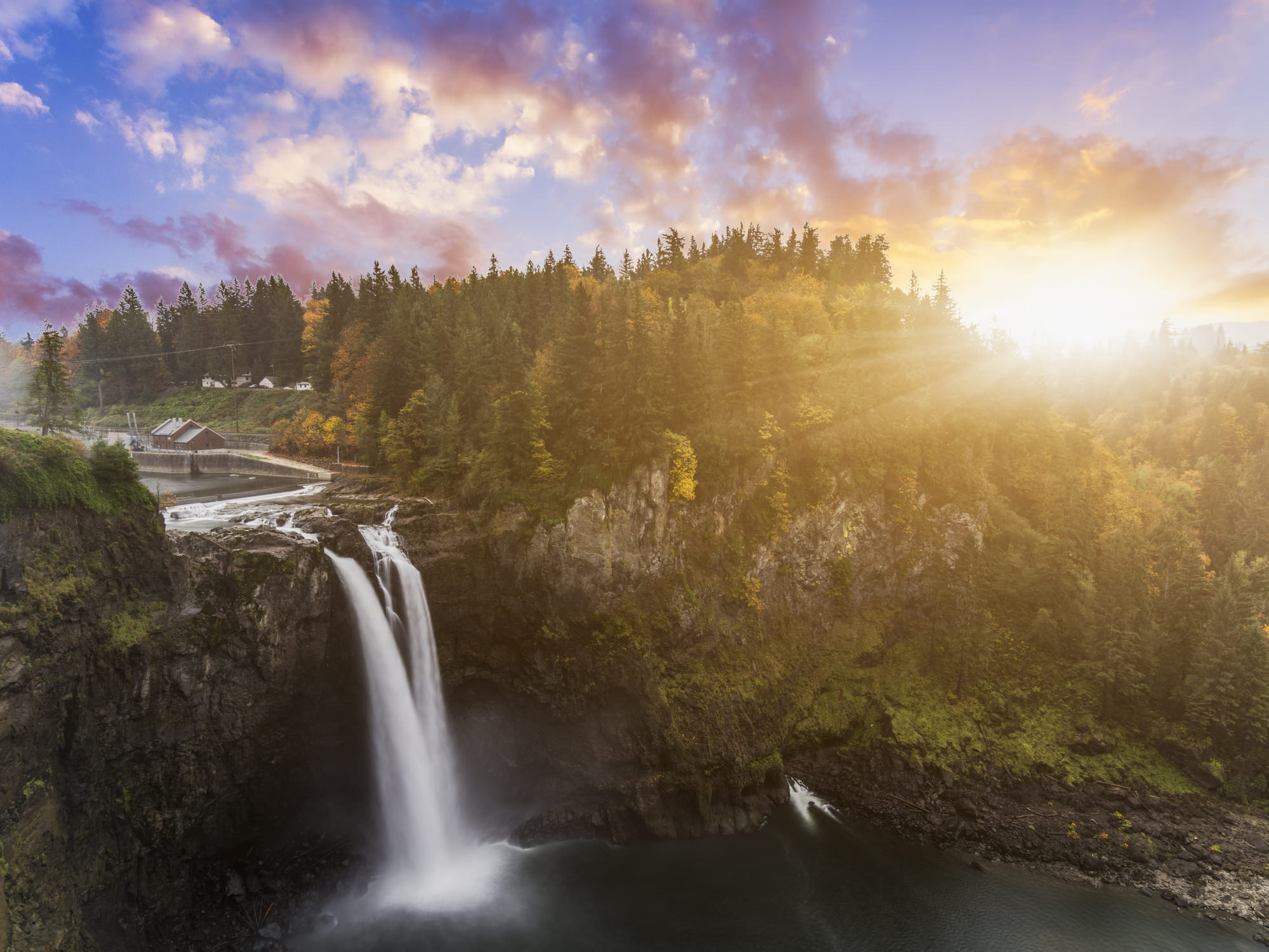
We continue our Mastering Filters series today with an in-depth discussion of 5-stop solid ND filters. As a whole, ND filters allow you to control the exposure, thus increasing the length of time you can leave the shutter open, even during daytime shooting. The results of using a 5-stop solid ND filter can be quite breathtaking, as I think you’ll agree by looking at the featured image above!
Creating breathtaking images like that with a 5-stop ND filter is a lot easier than it might seem. Let’s explore a little bit more about 5-stop ND filters and see just what sort of benefits they provide you as you explore the world of long exposure photography.
Wide Range of Subject Matter
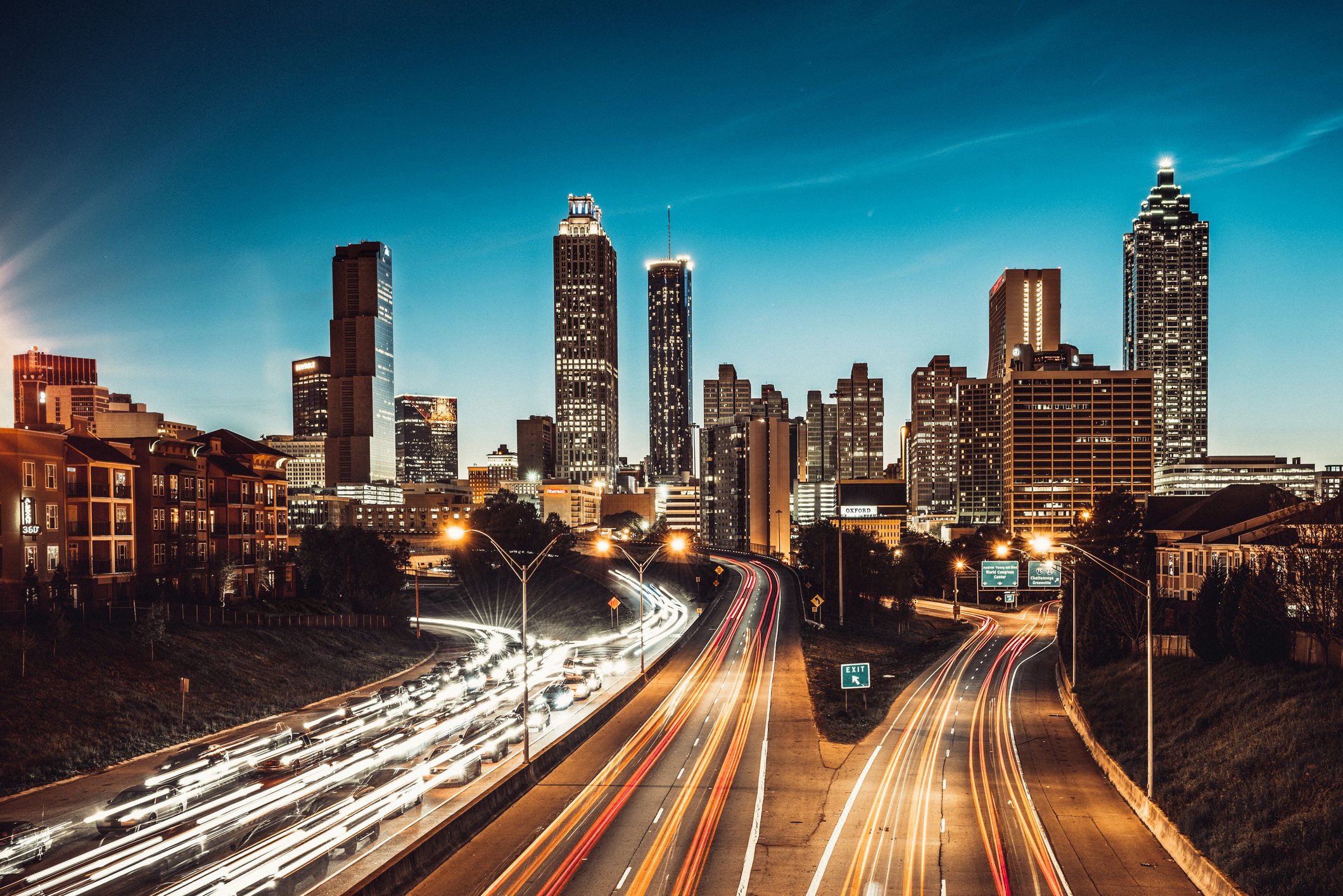
There’s no shortage of subject matter to photograph with a 5-stop solid ND filter. With one of these filters, you can photograph streams, waterfalls, and rivers such that they have smooth, milky water as seen above. You can also lengthen light trails on passing cars as seen above, such that their headlights and taillights stream across the width of the frame.
For more advanced subject matter, you can use a 5-stop solid ND to enhance camera movements like panning and swiping - the filter allows you to extend the shutter time, thus enhancing these effects. Additionally, a 5-stop filter is ideal for shooting in low-light conditions, such as at dusk - the filter extends the shutter speed to 15 seconds, allowing you to create highly dramatic movement effects.
What’s more, you can photograph these subjects at a wider aperture, thus minimizing diffraction on your long exposures. Additionally, with a wider aperture, you can enhance bokeh and soften backgrounds that might otherwise distract the viewer’s eye. Better still, pair your 5-stop ND filter with strobes or other light sources to get even better lighting effects on your subjects both indoors and out.
Timing is Everything
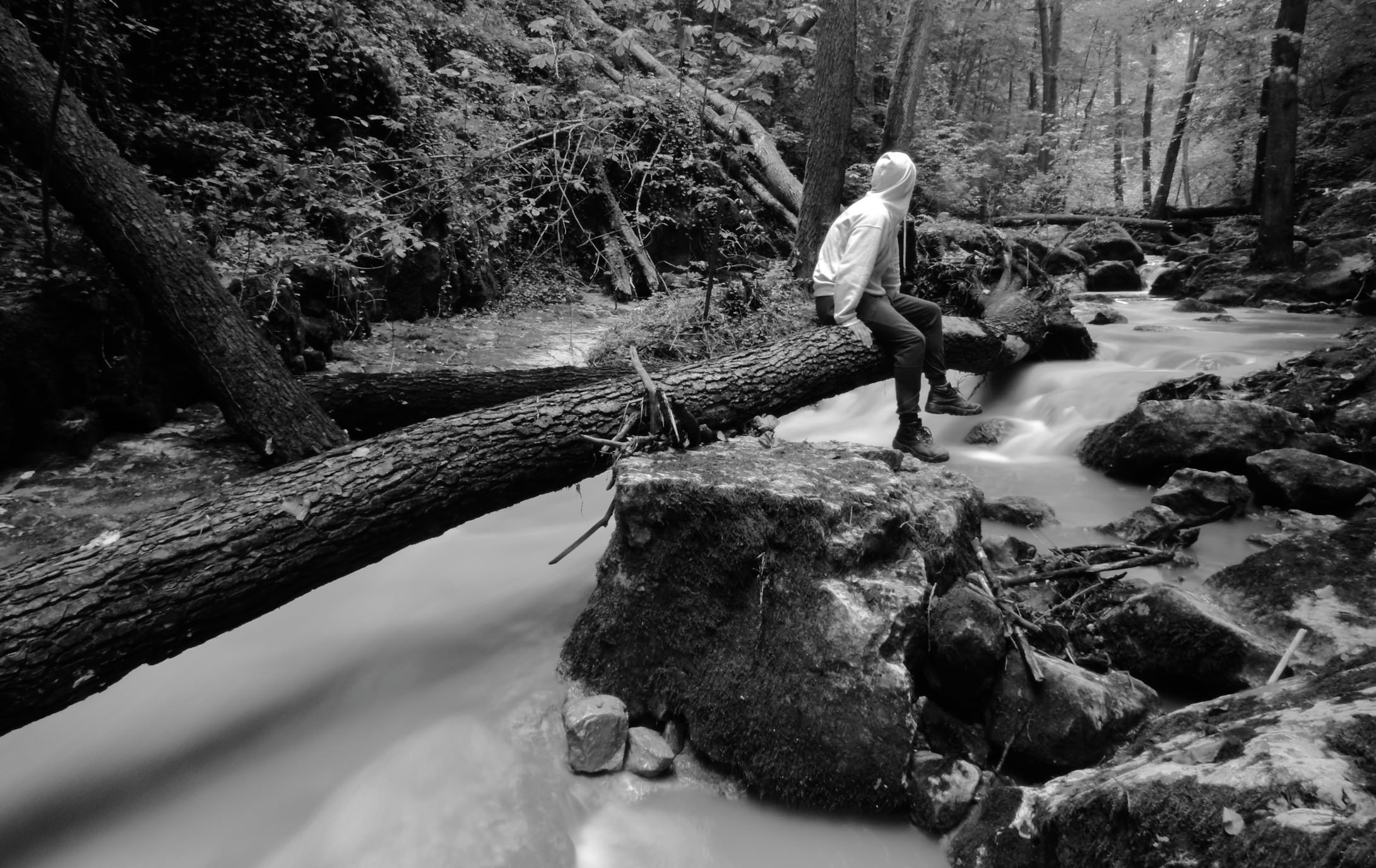
Of course, photographing the subjects listed above requires a certain amount of time to get the effects just right. When you use a high-quality solid ND filter, you can shoot in all sorts of lighting conditions using varied times because it’s 1.5 density darkens the whole image, giving you access to slower shutter speeds than normal.
For example, in bright light, a 5-stop filter can turn a 1/250 second exposure into a 1/8 second exposure, thus allowing you to get dreamy long exposures even in the daytime. In low light situations, such as under overcast skies, a 1/2 second exposure becomes a whopping 16 second exposure with a 5-stop solid ND. Just think of the photography possibilities with that kind of filtering power!
What’s more, you can pair your 5-stop solid ND with a variable ND filter for even more possibilities for effects. By adding a variable ND, you can more easily eliminate reflections from the scene, such as the sun reflecting off the water, while increasing the density up to 13 stops. You could also choose to go with a combination of a 5-stop solid ND filter plus a Duo polarizer for 13 stops of filtering power.
Build Quality is Important
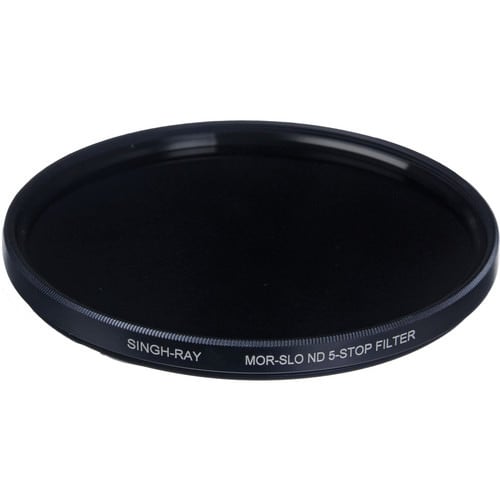
Just like any photography gear you buy, it’s critical that you pay attention to the build quality of the filters you purchase. Many photographers mistakenly believe that one filter is just as good as the next, but this could not be further from the truth. As with camera lenses, with filters, you definitely get what you pay for.
If you want the best results, look for a filter like the Singh-Ray Mor-Slo 5-Stop Solid ND. These filters are made from high-quality, polished glass that get you clear, sharp images that maintain neutral color fidelity. Singh-Ray’s filters are known for being well-built so they stand up to the uses and abuses of everyday photography adventures. What’s more, you want to find a filter manufacturer that offers multiple sizes to fit a variety of lenses. Singh-Ray ticks that box as well, offering 25 different variations of their 5-stop solid ND filter, from circular filters to square, thin rings to standard rings, and a range of sizes from 49mm to 105mm circular filters and 84x84mm to 150mm x 150mm square filters. Custom sizes are available as well.
So, as we’ve detailed here, the possibilities for expanding your photography are virtually endless with a 5-stop filter. From indoor portraits with artificial lighting to long exposures in the city of passing vehicles to smooth, milky waterfalls in the forest, the 5-stop solid ND filter can go anywhere you’d like and help you get images with unparalleled sharpness and clarity. Just be sure when you select a filter that you choose a brand, like Singh-Ray, that’s got a reputation for building a quality product.
We Recommend
Mastering Filters Series - Color Intensifier Filters
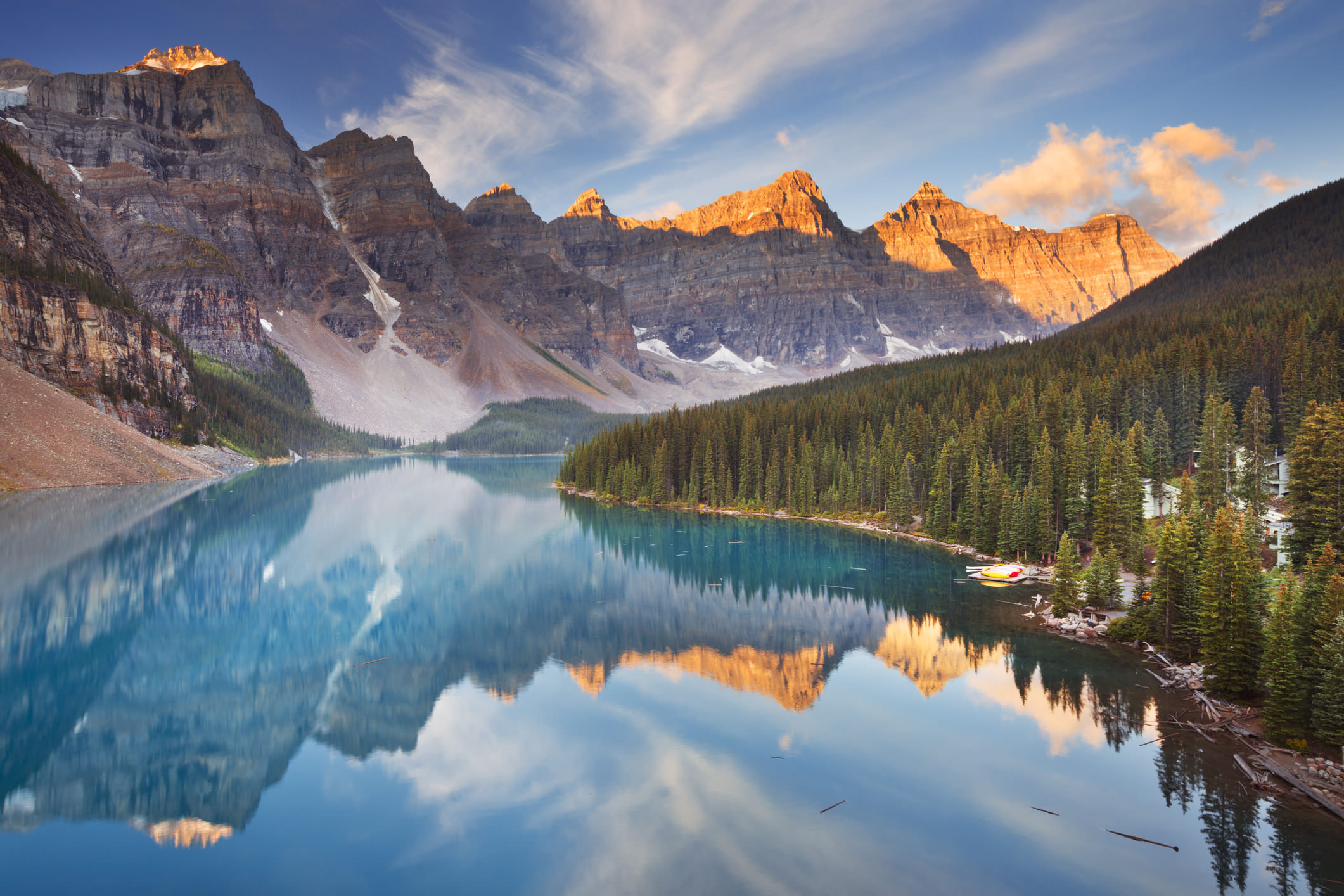
Over the course of five previous articles, we’ve explored various filters that you can use to create more compelling images. From neutral density filters that help you create daytime long exposures to polarizing filters that reduce glare and create more dramatic skies, we’ve covered the gamut of filters available to you on the market today.
We conclude our six-part mastering filters series with a discussion of color intensifier filters. These filters can help you make the colors in the scene pop for an added dimension of interest in your shots. Let’s explore these filters in more detail by going over a few common questions people often ask about a color intensifier filter.
What Does a Color Intensifier Do?
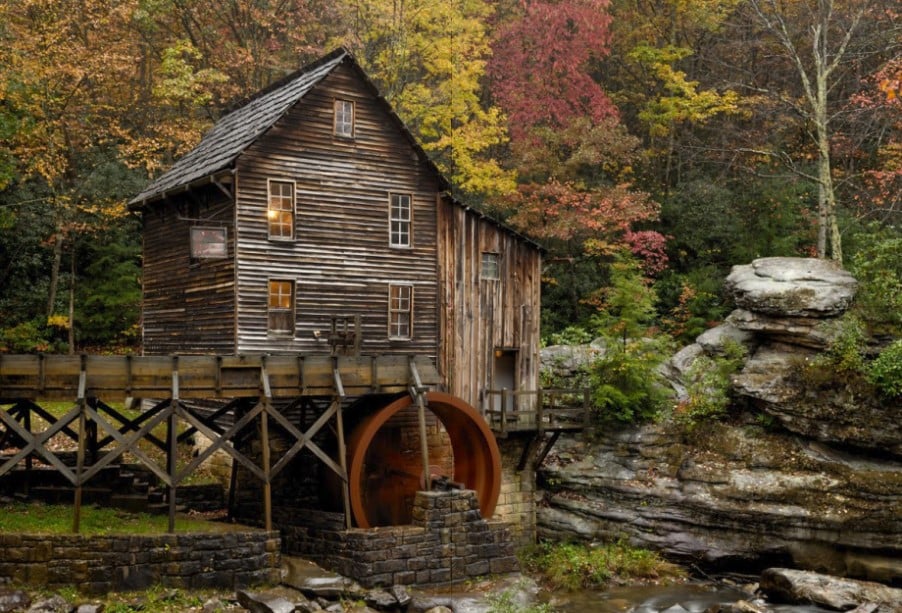
© Daniel Stainer
In this case, what the filter does is exactly what its name implies. A color intensifier filter boosts the saturation of colors in the scene. In essence, it accentuates prominent colors such that their level of saturation is subtly increased for a greater visual impact. What’s more, color intensifier filters give images improved color contrast for a more potent visual impact.
But, it’s important to note that color intensifiers do not add an intense level of saturation. Rather, they provide subtle boosts to colors in the scene for a natural, lifelike image that closely mirrors the colors and saturation you see with your own eyes, as seen in the image above.
In What Situations Can a Color Intensifier Be Used?
The beauty of a color intensifier filter is that it has wide applicability across a variety of shooting situations. Use it for landscape photography to add some punch to colors that might be a little on the dull side. Add the filter to a macro lens to give your up-close shots an added dose of color saturation that makes the macro scene seem more vibrant and lifelike. You can even use a color intensifier when creating black and white images because the added saturation of colors in the scene will give you a greater tonal range once the image is converted to black and white.
Why Not Add These Effects in Post-Processing?
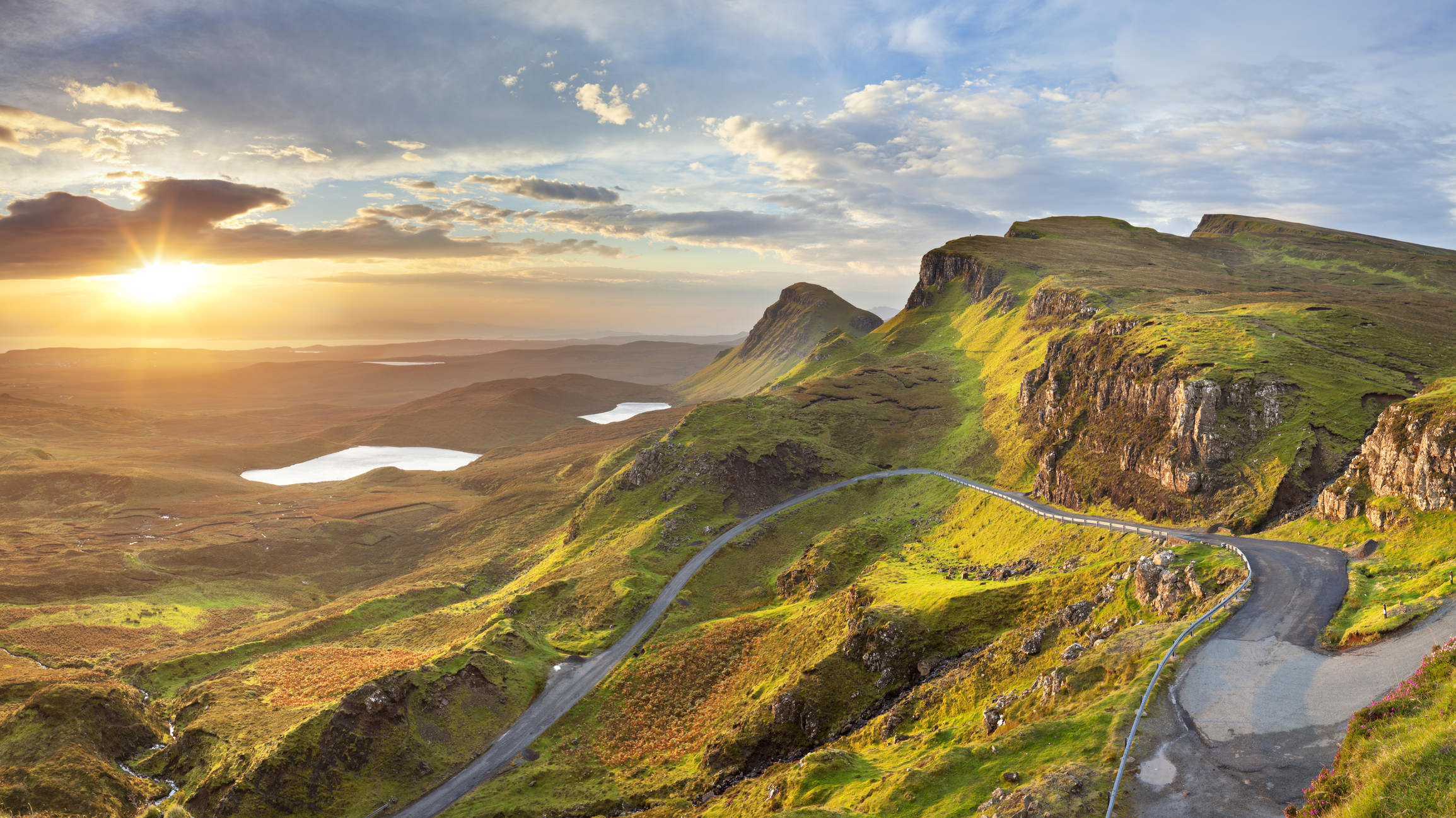
Post-processing tools are invaluable to today’s photographer, to be sure. And though these programs are more powerful than ever, they still cannot match the quality of effect that you can get from a high-quality color intensifier filter. Often, when an image is heavily processed, it looks heavily processed. That’s not to mention that making subtle color changes to your images can be a lengthy process. Instead, with a color intensifier filter, all you have to do is attach it to your lens and start shooting. The subtle saturation-enhancing effects are done without any sort of input from you, so your images have the desired impact right there in-camera.
Are All Color Intensifier Filters the Same?
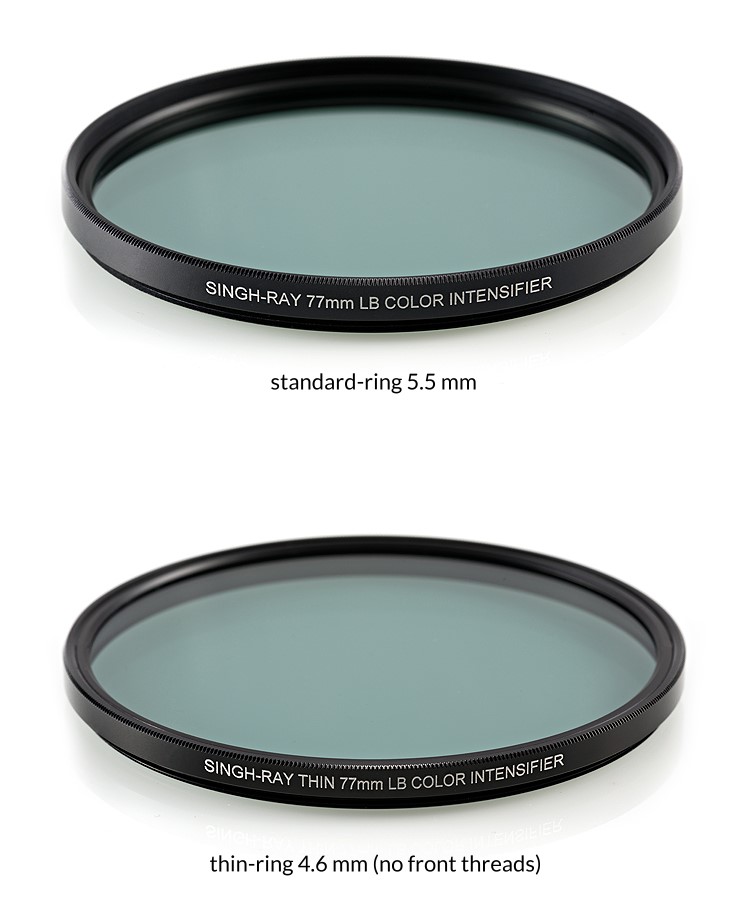
As we’ve mentioned throughout this Mastering Filters Series, all filters are most definitely not the same. As with purchasing a lens, when you purchase a filter, you get what you pay for. In the case of color intensifiers, many only work on orange and red tones, and even then, the filter produces a distinct magenta color cast. However, top-quality filters like the Singh-Ray LB Color Intensifier work on the full spectrum of colors. That means cool tones and warm tones alike are accentuated, and the most prominent colors in the scene will be enhanced. This filter is especially useful for scenes with green tones and warm colors, making it an ideal add-on for landscape photographers.
Better still, Singh-Ray’s LB Color Intensifier leaves white areas and other neutral colors unchanged. That means you get the saturation of colors you desire without color casts in neutral areas. And, since Singh-Ray’s Color Intensifier is part of their “lighter, brighter” line, the filter is 2/3 of a stop faster than comparable filters, meaning you have a better view of the scene as you compose your shot, giving you more creative control while also reaping the benefits of the color intensifier filter.
In short, a color intensifier is a perfect filter to use when your image just needs an added bit of punch. And, for getting that effect, the Singh-Ray LB Color Intensifier is the ideal choice for an effect that looks natural and really makes your images pop. For this and other filter needs, be sure to visit Singh-Ray for the highest quality filters.
We Recommend
Mastering Filters Series - Neutral Density Filters
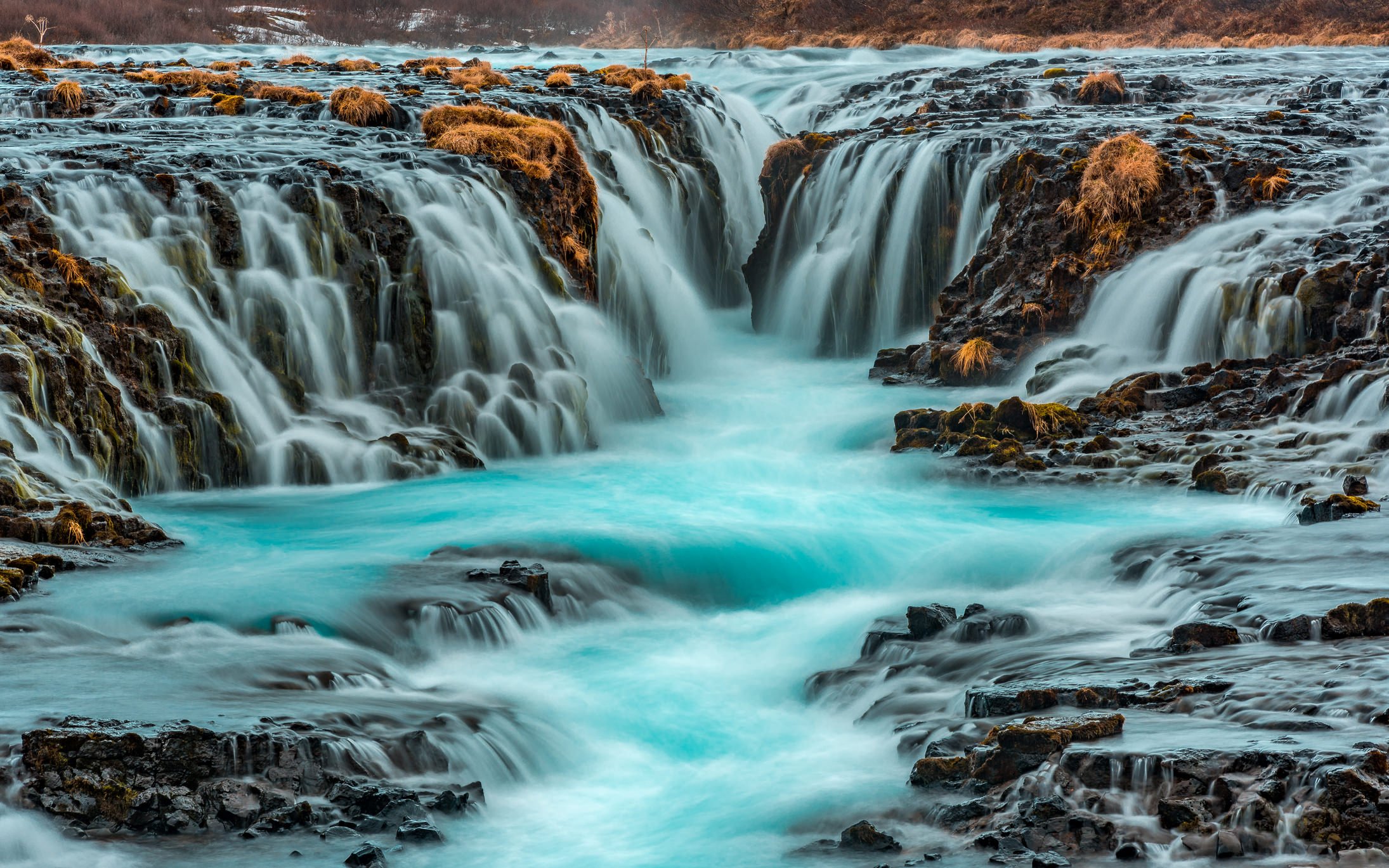
We’re embarking on a six-part series to help you understand the different types of lens filters available today, what they are used for and the benefits of each. Each article will focus on a separate type of filter - 5, 10, and 15 stop filters, polarizing filters, and color intensifying filters as well.
But today, we’re kicking things off with my favorite type of filter - the neutral density (ND), of which there are three types: solid, variable, and graduated. Solid ND filters have the same filtering power throughout, whereas variable ND filters can be changed with a simple twist of the front element of the filter to increase or decrease their filtering power. Graduated ND filters also vary in their filtering strength, but typically shift from clear glass on the bottom of the filter to filtered glass on the top.
The key to selecting and using a filter is to make sure that the sharpness, color performance, and overall optical quality matches (or exceeds) that of your camera and lens combination. If not, you will reduce the quality of your images. That's why using a low-end filter on a high-end lens often produces images that are less than the best than your gear can produce.
Now, there are a lot of filter companies out there that put out a good product. For the purposes of our Mastering Filters series though, I’ll be discussing Singh-Ray filters on an exclusive basis. I’ve used Singh-Ray filters for years, so I have a great deal of familiarity with their products and the top-notch build quality and performance of their filters can’t be touched by no other.
With that said, let’s dive into the nitty gritty of ND filters!
Solid Neutral Density Filters
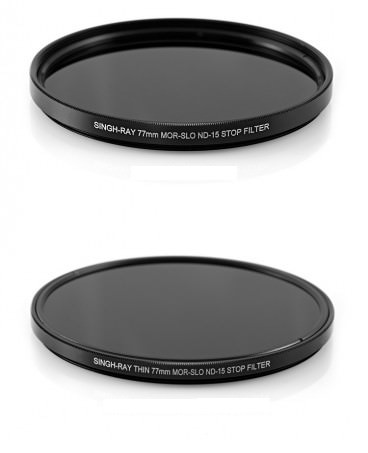
You know those gorgeous, long exposure photos of waterfalls, seascapes, and rivers in which the movement of the water is blurred like in the featured image above? Solid neutral density filters make those kinds of shots a possibility in the daytime because they limit the amount of light entering the lens, allowing you to slow the shutter down - way down.
In fact, depending on the strength of the filter, you can turn just a couple of seconds into a minutes-long exposure. You can even stack multiple filters to enhance their filtering capabilities. Additionally, because a solid ND filter filters out so much light, you can also use a wider aperture - even in the middle of the day - to enhance bokeh, draw more attention to the subject, and minimize diffraction as well. Heck, you can use a solid ND filter for shooting video too!
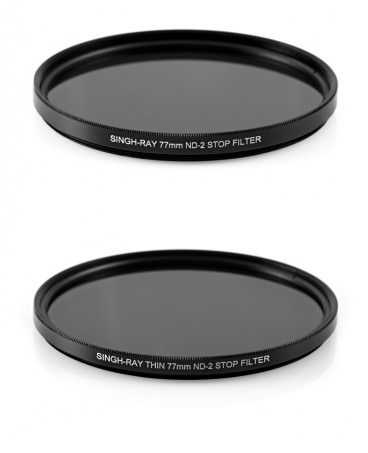
We’ll get into more detail into several types of solid ND filters in future articles in this series, but for now, just know that solid ND filters come in various strengths - from 1 stop up to 20 stops in the Singh-Ray line. Some of these filters are constructed of glass, others of resin, with glass filters typically costing more, though both glass and resin filters give you excellent color fidelity and scratch resistance. Solid ND filters come in various shapes too, including circular, square, and rectangle, and various sizes to fit a wide selection of lenses. In the case of circular lenses, they simply screw onto the end of your lens. Square and rectangular filters require a special mount.
The hallmark feature of a solid ND filter is that its filtering power is solid (thus the name) throughout the glass. That is, if you purchase a 5-stop solid ND filter, it has 5 stops of filtering power throughout and does not change. However, there are also variable ND filters that give you the power to adjust the filtering power. Let’s explore those next.
Variable Neutral Density Filters
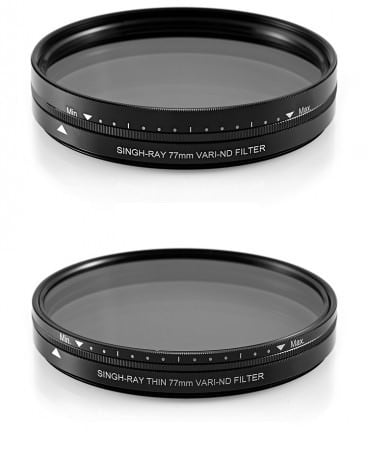
Variable neutral density filters share many of the same qualities as solid neutral density filters. Variable NDs allow you create long exposures even in the daytime that highlight motion effects like the movement of water, clouds, passing vehicles, and the like. They come in various sizes to accommodate different lenses, but are only available in circular form.
The major difference, of course, is that where a solid ND filter’s filtering power remains constant, a variable ND filter gives you the capability of adjusting its filtering power - simply turn the filter to increase or decrease the amount of light that’s allowed into your lens for a greater level of flexibility in the results you get in your images.
This adjustability is due to the construction of variable ND filters. Essentially, variable NDs are two elements stacked on top of one another. In looking at the image above, you can see that the front element can rotate, thus giving you the control to adjust its filtering power. For example, at f/8, with my Singh-Ray Vari-ND filter, I can take a shot with 2-stops of filtering power at a shutter speed of 1/125 seconds. But, when I rotate the filter to its full 8-stop power, my shutter speed at f/8 can slow all the way down to 1/2 second.
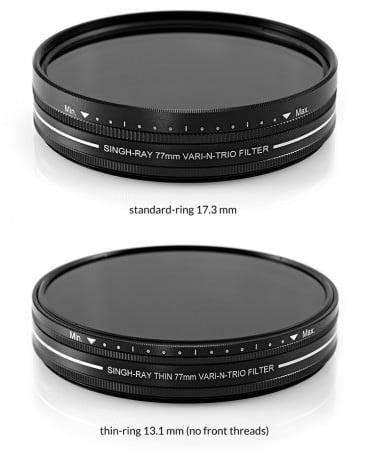
An added advantage of variable ND filters is that some of them come with a polarizing filter built-in, helping you control glare and reflections as well. That means that you won’t have to worry about glare from the sun when you take gorgeous long exposures of the water. What’s more, I’ve noticed that my variable ND filter with polarizer improves tonal detail in my images, as well as color saturation. And the best part? With my variable ND filter, I don’t have to stack filters or constantly swap them out. In fact, I often only have my variable ND filter with me because it is that versatile!
Speaking of versatility, my most versatile ND filter is my Singh-Ray Vari-N-Duo ND filter. The filter is named as such because it’s an ND filter, a polarizer, and warming filter as well. That means I can create long exposures of streams or waterfalls without reflections or glare, with a subtle warming effect. The all-in-one construction means all I have to do is attach it to my lens, compose the shot, and make my desired adjustments to the polarizer and filtering density, and I’m ready to go.
Graduated Neutral Density Filters
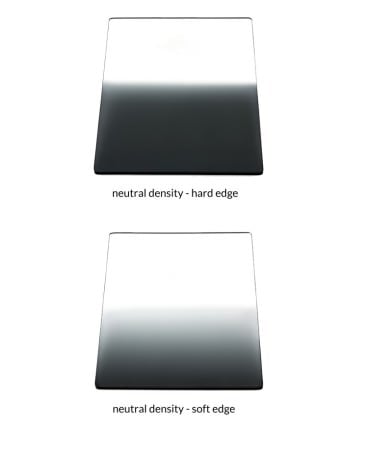
If you’ve ever tried to photograph a landscape, you know that sometimes the dynamic range of the scene is just too much for the camera. That is, the sky is too bright and the foreground is too dark, so you end up with an image that is well-exposed for one and not the other.
Graduated neutral density filters solve this problem. If you look at the image above, you see that part of the filter is clear while another part is decidedly dark. If photographing a landscape, you would simply use the filter such that the clear area of the filter aligns with the dark foreground and the dark area of the filter aligns with the bright sky, thus giving you the ability to get a single, well-exposed image throughout, right there in the field.
These filters come in a variety of strengths, typically from one to four stops, and also come with varying types of edges. Notice above the difference in the hard and soft edge models. A hard edge filter is great for scenes that have a visible, flat horizon - like the photos I enjoy taking at the beach looking out at the ocean. The soft edge filters are ideal for scenes that aren’t quite as linear, that perhaps have trees, hills, and other features that necessitate a more gradual transition from the clear to the darkened area of the filter.
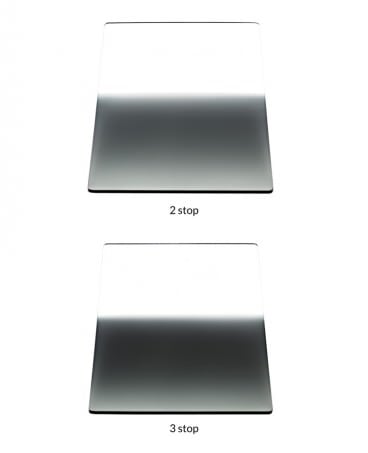
There are other types of graduated ND filters as well. I have a 3-stop reverse graduated ND filter (like the one shown immediately above) that I use for photographing sunsets. This filter differs from a traditional graduated ND because the darkest area of the filter is in the middle. This allows me to snag perfect photos of the sunset at the beach because the greatest filtration is in the middle - where the setting sun appears - is clear on the bottom such that the foreground isn’t too dark, and gradually transitions upward such that the sky is well-exposed too. You can even get these filters with a strip of orange or pink density in the middle, allowing you to add a pop of color to sunrise or sunset shots.
Final Thoughts
Whether you want to create a long exposure of a waterfall in bright sunlight, minimize the reflections off your shots of your favorite lake, create ethereal long exposure images of passing clouds, or get a well-exposed landscape image from foreground to background, neutral density filters are up to the task. Some neutral density filters, like those that are solid, offer astounding light stoppage, with as much as 20-stops of filtering power. Other filters, like Singh-Ray’s line of variable NDs, give you all sorts of flexibility in terms of filtering, with polarizing and warming effects available as well. Yet others allow you to get around that pesky wide dynamic range that’s often present in landscape shots, giving you the opportunity to get your landscape photos perfect right there, in camera. In short, ND filters are an excellent investment for any photographer’s kit, and if you want the best, trust me, you want Singh-Ray!
We Recommend
May 2020 Photography Giveaway: Eight Awesome Prizes You Can Win

Illustration by vectorplusb via iStock
If you follow our YouTube channel (and if you don't, you should), you probably already know that we have a killer giveaway happening right now.
But if you haven't yet checked out our recent videos, this will serve as notice that you have a chance to win one of eight prizes in the coming weeks.
This is our third giveaway, and it's by far our biggest and best yet - both in terms of the number of prizes and the total value of the prizes (which is more than $4,000!).
So, without further ado, let's talk shop about each of this month's prizes and what you need to do to enter to win!
38-inch ViewSonic VP3881 Ultra-Wide Curved Monitor

I have this monitor in my home office (along with the 34-inch monitor discussed next), and I can't tell you how impressed I am with it.
As I noted in my recent first impressions review of this monitor, I was an LG monitor fan for the longest time, but honestly, these ViewSonic monitors are next-level in terms of the color accuracy and sharpness they produce.
It has 60Hz SuperClear IPS technology that makes the monitor a joy to look at. The support for 4.39 trillion colors, 14-bit LUT, and 3D LUT capabilities aren't bad, either.
Truly, this is the best monitor I've ever had for photo and video editing - or any other purpose, for that matter.
That's why I'm so excited to offer one of these bad boys - which is priced at $1,019 - as part of this giveaway!
Learn more about the 38-inch ViewSonic VP3881
34-inch ViewSonic VP3481 Curved Monitor
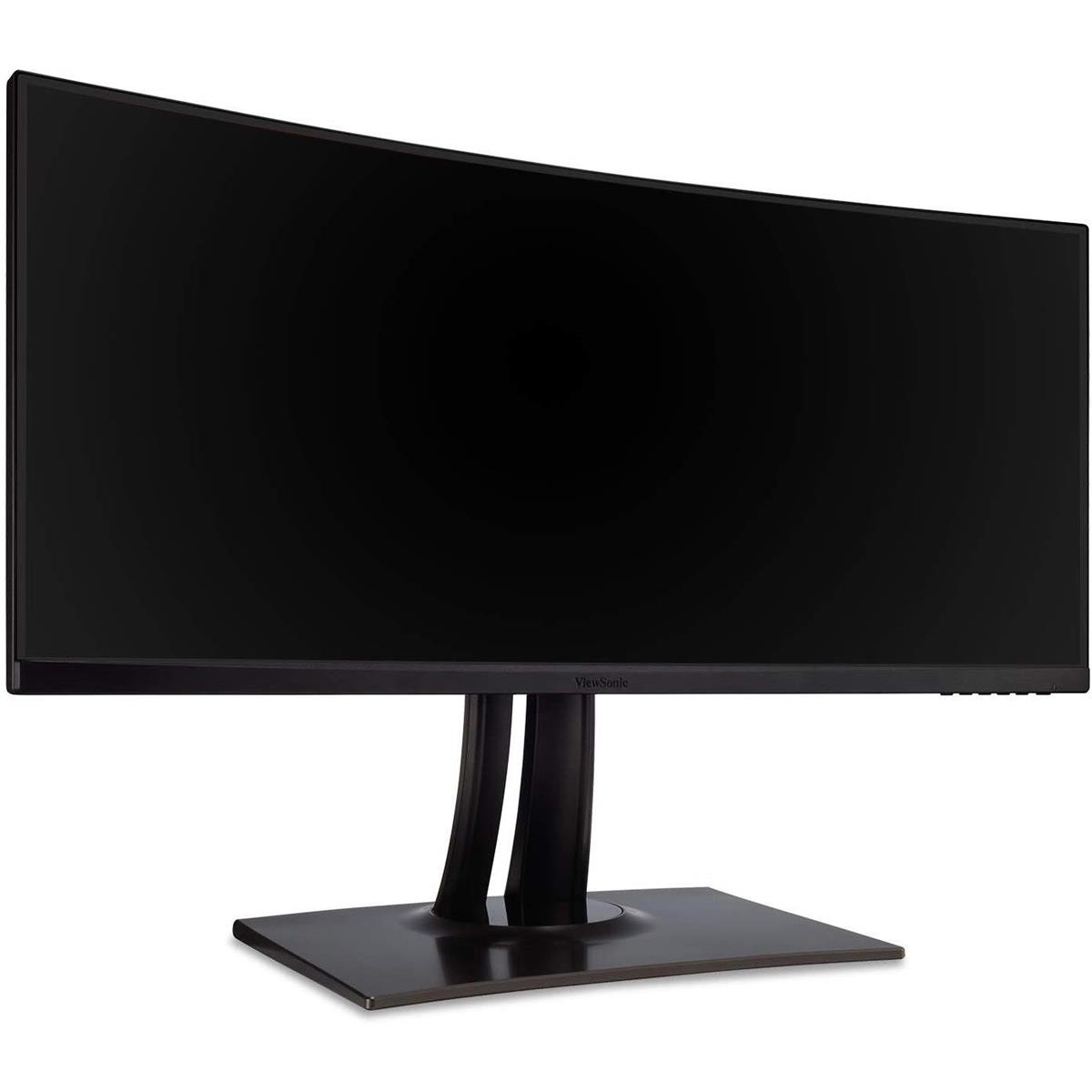
As I mentioned above, I have this monitor in my office in addition to the 38-inch ViewSonic.
The larger of the two is my primary monitor, and this one is the secondary monitor, and is mounted directly above the other one.
It's an AWESOME setup for my needs. I do a ton of multi-tasking, so having two big monitors that offer split-screen capabilities has truly changed how I'm able to work in my home office.
This monitor has a 21:9 aspect ratio, a 100Hz refresh rate, built-in speakers, and the same support for 4.39 trillion colors as its larger cousin.
Though obviously not as large as the 38-inch monitor, at 34 inches, this monitor has nothing to be ashamed of in the size department!
Priced at $699.99, this isn't a bad prize to win at all!
Learn more about the ViewSonic VP3481
f-stop Lotus Essentials Bundle with a Medium Slope Internal Camera Unit
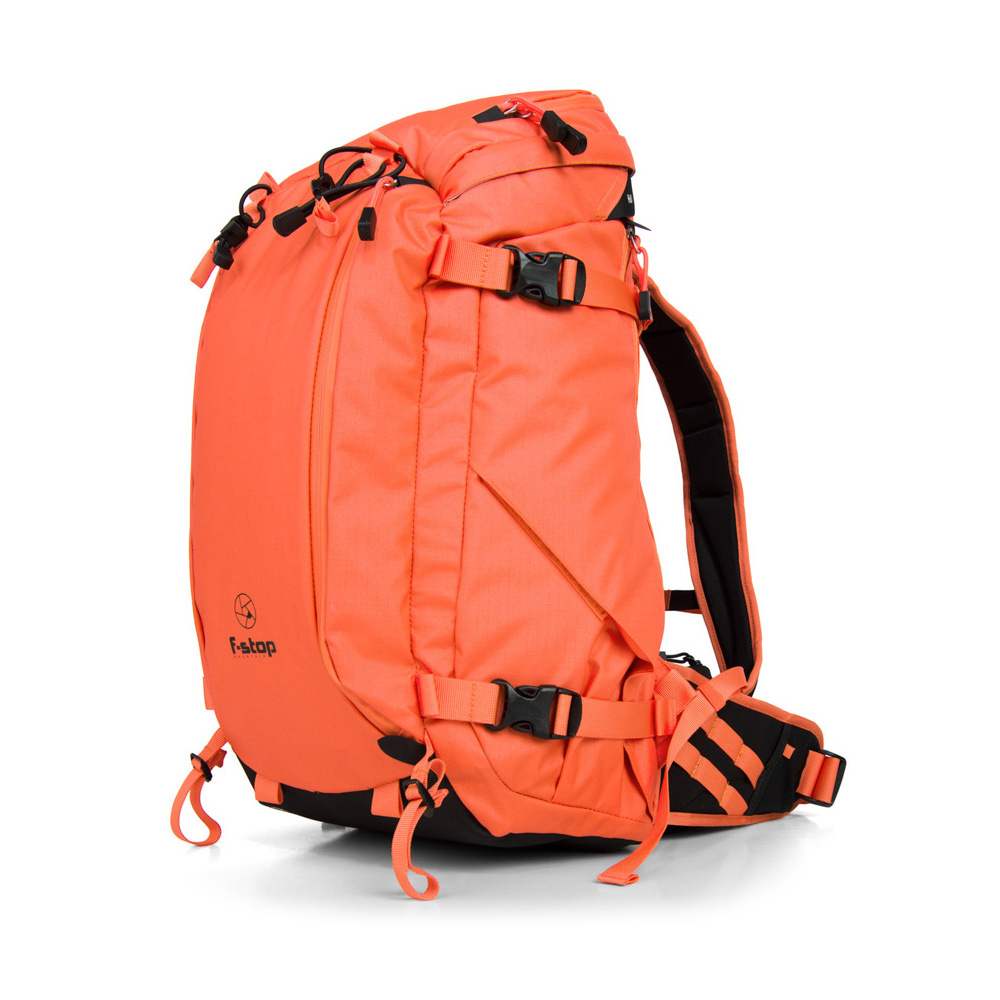
I've had a number of f-stop bags over the years, and each one has impressed me with its quality of construction, design, and functionality. The Lotus bag is certainly no exception...
I have an f-stop Sukha, which is a big 70-liter bag that I reserve for long trips, like my adventure to Norway last year.
By contrast, I like to use the smaller (yet still roomy) 32-liter Lotus bag for 2-3 day trips or even day trips in which I have a lot of gear for shooting photos and videos.
This bag is weather resistant and made of durable materials, that way it can stand up to rain, snow, mud, and so forth.
It's comfortable, too - the internal aluminum frame and adjustable support system mean you can carry a fully-loaded bag in comfort.
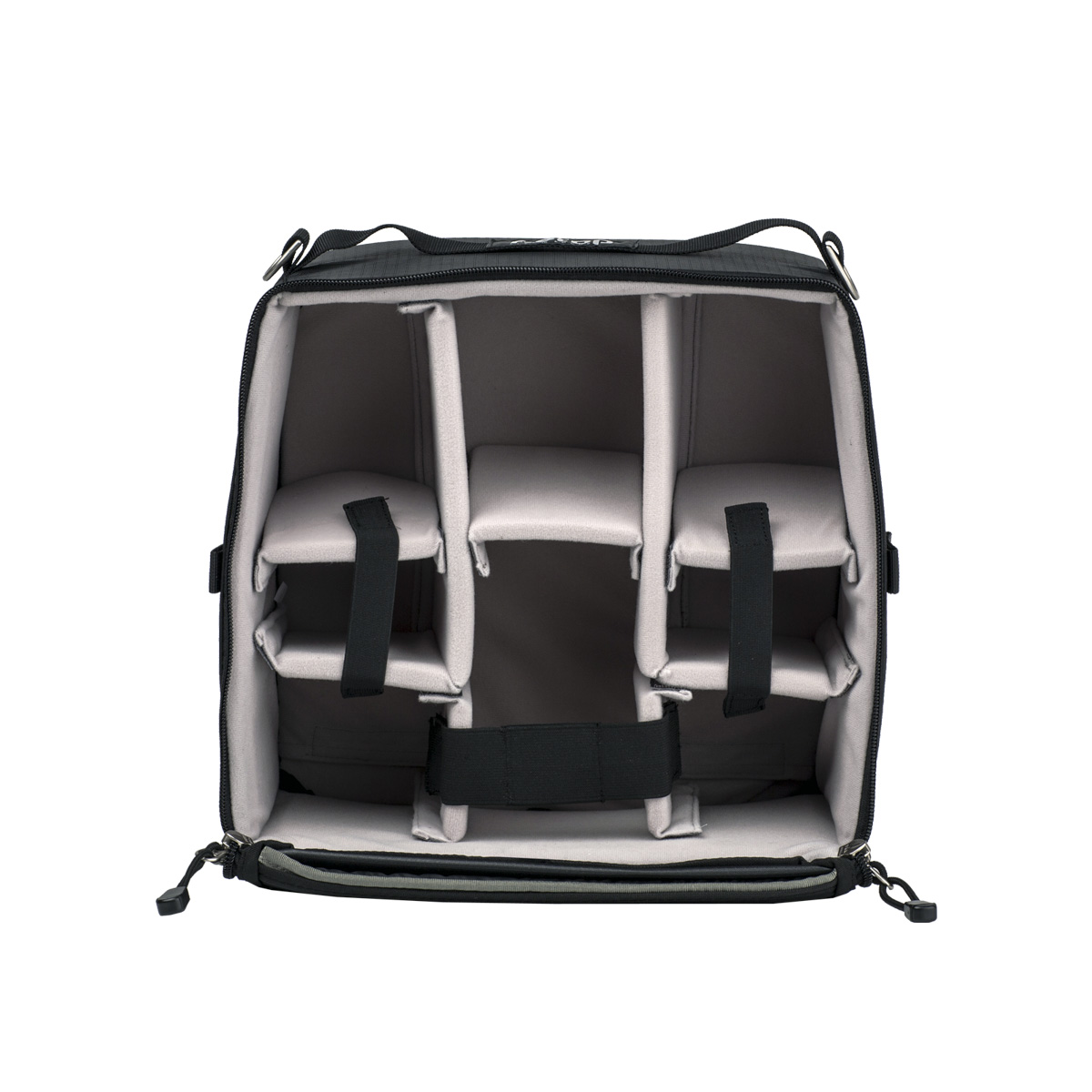
If you aren't familiar with f-stop bags, one of their best features is the Internal Camera Unit (ICU).
ICUs, like the one shown above, help you organize your gear and protect it at the same time. It's like having a removable gear drawer in your backpack!
The Lotus Essentials Bundle is priced at $329, which makes this a killer prize for a lucky contest winner!
Learn more about the f-stop Lotus Essentials Bundle
A set of Singh-Ray 77mm Filters
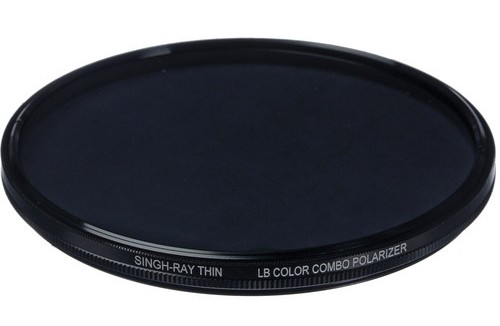
I've used filters from many different companies over the years, but one company that is continually at the top of my list in terms of quality is Singh-Ray.
This set of 77mm filters includes multiple ND filters and Singh-Ray's superb ColorCombo Thin-Mount Polarizer.
With these filters, you can extend your shutter speed for daytime long exposures, open up the aperture to control the depth of field in bright conditions, and in the case of the polarizer, control things like glare off of water and atmospheric haze.
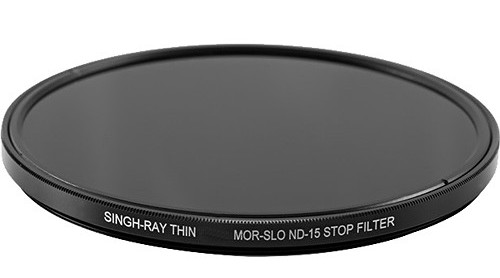
ND filters and a polarizer are must-haves for landscape photographers, and I can tell you from experience using these filters that your ability to create epic photos will be greatly improved with these things in your camera bag!
All told, this set of filters retails for $1,640, so it's our biggest-ticket prize of the bunch!
Learn more about Singh-Ray filters
Two Colorado Tripod Co. Highline 48mm Aluminum Ballheads
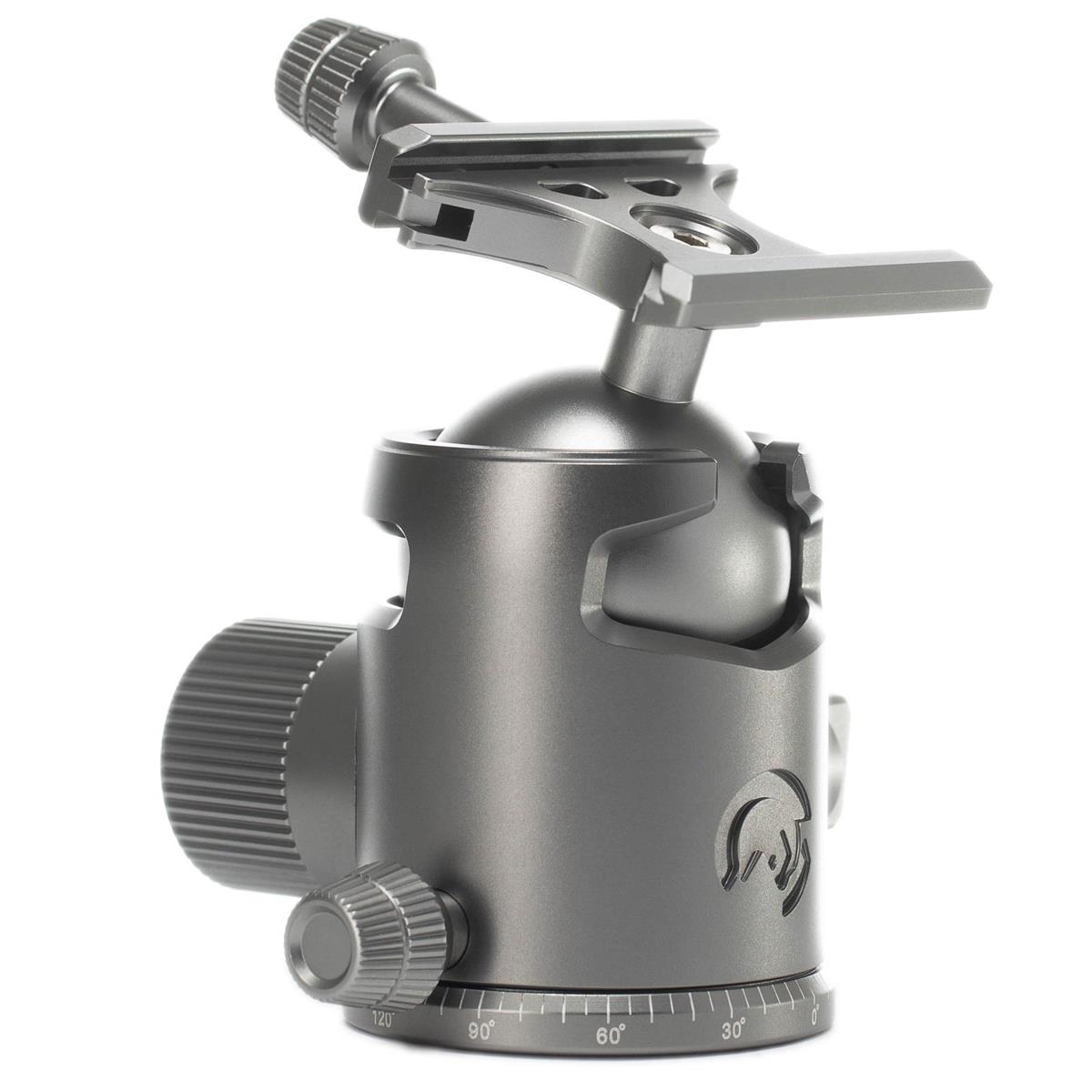
These ballheads are identical and will be a nice addition to the camera bags of two different winners!
What I love about these ballheads is the design - it's lightweight, super strong, and has 54 pounds of locking force (which is a LOT!).
On top of that, this ballhead is optimized for left-handed shooting, so all you lefties out there can be free to operate it with your dominant hand.
Combined with the improved range of motion, a 75-pound load capacity, and plenty of other goodies, that makes this ballhead a perfect addition to your camera bag. Priced at $129 each, it's not a bad prize, either!
Learn more about the Colorado Tripod Co. Highline Ballhead
Holdfast HF Classic Camera Strap
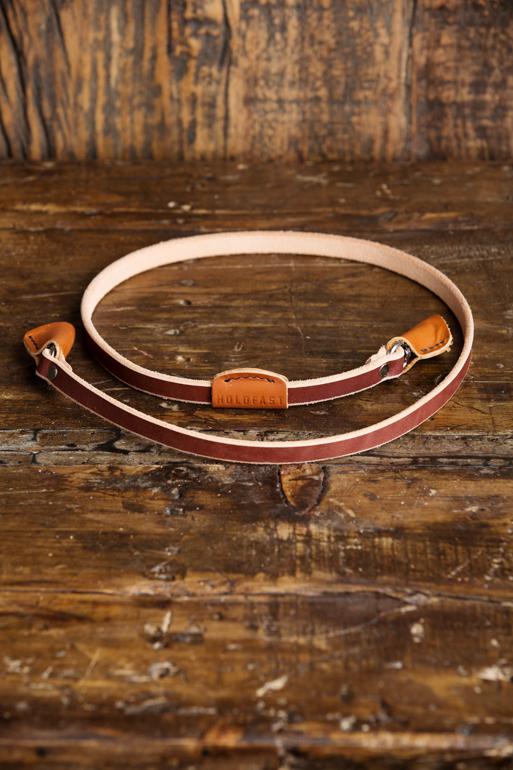
I've been a Holdfast customer for six or seven years now, and I have to say that these guys continually impress me with the quality of their work.
The newest Holdfast product that I've gotten my hands on is the HF Classic Camera Strap.
What I love about this strap is that it's budget-friendly, yet doesn't skimp on materials or construction. This thing has true Holdfast workmanship, with the same beautiful leather and stainless steel components as the pricier MoneyMaker line.
This strap is clean, simple, and beautiful, and is an ideal companion for mirrorless camera bodies.
It might be just $95, but believe me when I say that this thing hits WAY above its weight class!
Learn more about the Holdfast HF Classic Camera Strap
$100 Adorama Gift Card

Last, but not least, is a $100 Adorama gift card.
Sure, it's not worth as much as some of the other prizes, but $100 is $100! Plus, you can obviously use it to buy whatever you want!
If I've whetted your appetite and you want to enter the contest, here's what you need to do: head over to our YouTube channel and watch the most recent video. Detailed instructions for entering the giveaway are explained at the end of the video. Be sure to check the video description for additional information about the contest as well.
Good luck!
We Recommend
Top 10 Gifts for Photographers Under $250

It's almost that time again, folks. The Holidays. Yep, it's later than you think, and before long you're going to wish you'd started shopping for your favorite photography buff. Unless, of course, that is, you're one of those smart readers that follows our Holiday Gift Guides here at PhotographyTalk. We've done the shopping for you – all you need to do is pick one of the great gifts we recommend. If you've got a photographer (even if it's you) to buy for and have a budget of $150 to $249.99, you're in the right place!
1. Syrp Genie Mini Panning Motion Control System
Consistent, smooth panning can add impact to both time-lapse sequences and video. That's exactly what Genie provides, with a simple device that you can carry in your pocket! It works with your smartphone, GoPro, mirror-less camera or DSLR. You program it wirelessly through an included app, and factory presets make it easy to use, even for those with no experience.
2. Datacolor® Spyder®5PRO
Here's an advanced color accuracy solution, with room lighting settings for optimal monitor brightness, to help you get true colors on screen and in print. Advance-featured, interactive calibration for laptop and desktop displays.
3. MyStudio MS20 Professional Table Top Photo Studio
Having professional looking photos of your products is so important, especially in any kind of eCommerce, but it can be a very time-consuming, challenging and often expensive process for people without much (or any) photographic experience. The MyStudio® MS20 Table Top Photo Studio is a superior, all-in-one table top photo studio system that will help you take amazing product photos even if you don’t have a lot of photography experience. It is a very affordable yet versatile photo studio kit that provides everything you need to take professional quality photos of your products. Featuring a unique 20”x20”x12” seamless “cyclorama” background and soft, wrap-around 5000K “daylight” lighting, the MS20 will help you take your product photos to the next level.
4. Plustek ePhoto Z300 Photo Scanner
If you’ve got piles of printed photos laying around and want to digitize them, there’s no need to send them off to a third party when you can do it yourself with the Plustek ePhoto Z300 Photo Scanner. This scanner is designed specifically to gently handle prints to avoid damaging delicate surfaces. With a 300 dpi CCD scanner, the unit will create high-quality digital reproductions of prints ranging in size from 1x1” up to 8.5x11.7”. If time is of the essence, don’t worry - the Z300 takes just two seconds to fully digitize a 4x6” photo and can handle a printing load of up to 500 sheets per day. It comes bundled with software that auto-deskews and adjusts your photos, allows for easy editing, and has a one-touch social media share button. It will be a great addition to your collection of gear and makes an ideal gift for other photographers in your life as well. If you’re after a film to digital scanner, then another option worth considering is the Plustek Optic Film 8100.
5. HoldFast Gear MoneyMaker Multi-Camera Harness
If your photographer shoots with more than one camera – or wants to, here's a gift that will make that happen in style. This beautiful, high-grade leather harness is designed to hold two cameras near your hips, and allows them to slide up in an instant for that quick shot. All sorts of accessories can be added, including an option to carry a third camera!
6. Singh-RayLighter, Brighter” LB Warming Polarizer
There is no substitute for a polarizing filter when you need one. Not only does it make pale blue skies more brilliant, it's most important function is removing glare from your images, allowing you to do things like photograph what's under the surface of a body of water. It also restores color and details on reflective surfaces. This filter adds a subtle warming effect, adding a little more “punch” to your images.
7. Sirui Urbanite BP Camera Backpack
For photographers on the move, having a handy way to store, transport, and protect their gear is of the utmost importance. Why not give them something stylish too? The Sirui Urbanite BP offers plenty of space for a DSLR camera, up to 4 lenses, camera accessories like spare batteries and memory cards, and room for a 15” laptop and 10” tablet! For added security, all camera gear is organized in a padded, zippered compartment that’s accessed from the rear. On top is a zippered compartment for things like a phone, car keys, and other belongings that you might need quick access to. The unique internal flow-through design lets you safely store a long telephoto lens or compact travel tripod out of sight. Carry all you need in a great looking backpack that doesn’t scream “photo gear inside!”
Learn more about the Sirui Urbanite BP Camera Backpack..
8. MyStudio® MS20J Table Top Photo Studio w/ Jewelry Kit + Tripod
Jewelry photography can be a real challenge. Even if you don’t have a lot of photography experience, this all-inclusive jewelry photography kit from MyStudio® provides everything you need to start taking professional looking photos of your jewelry. Featuring the best-selling MS20 Table Top Photo Studio with a seamless cyclorama background and 5000K “daylight” lighting, and combining it with the MyStudio® 12pc jewelry photography prop and tool kit and a bonus tripod, you will have all the tools needed to make your photos stand out. The included DVD is packed with demos and tutorials that will help you take your jewelry photography to the next level.
9. SlickforceSystem Trilogy - Mastering Lighting, Retouching & Compositing
This incredible bundle from Slickforce will take you step-by-step through the process of becoming an expert at lighting, retouching, and compositing your images. Your favorite photographer is sure to love the way that master photographers deconstruct their methods and make ground-breaking photography processes accessible and easy to understand. Whether it’s lighting your subject like a pro, learning advanced retouching techniques, or building the skills needed to create stunning composites, the SlickforceSystem Trilogy has the photographer in your life covered from A-Z!
Learn more about the SlickforceSystem Trilogy.
Marumi 77mm EXUS Circular Polarizer Filter
If you don't need the added warming of the polarizing filter above, here's an extremely high-quality one that retains the cooler colors. The thin filter ring design is ideally suited for use with wide-angle lenses and features multiple light-blocking ridges, a satin finish, and a black ink coating to provide a surface reflectivity of less than 0.6% to reduce the likelihood of lens flare and ghosting. Additionally, the male threads of the filter ring are coated with Teflon to help eliminate filter jamming and promote easier installation and removal from lenses.
We Recommend
Top 3 Polarized Filters That Won't Let You Down When It Counts
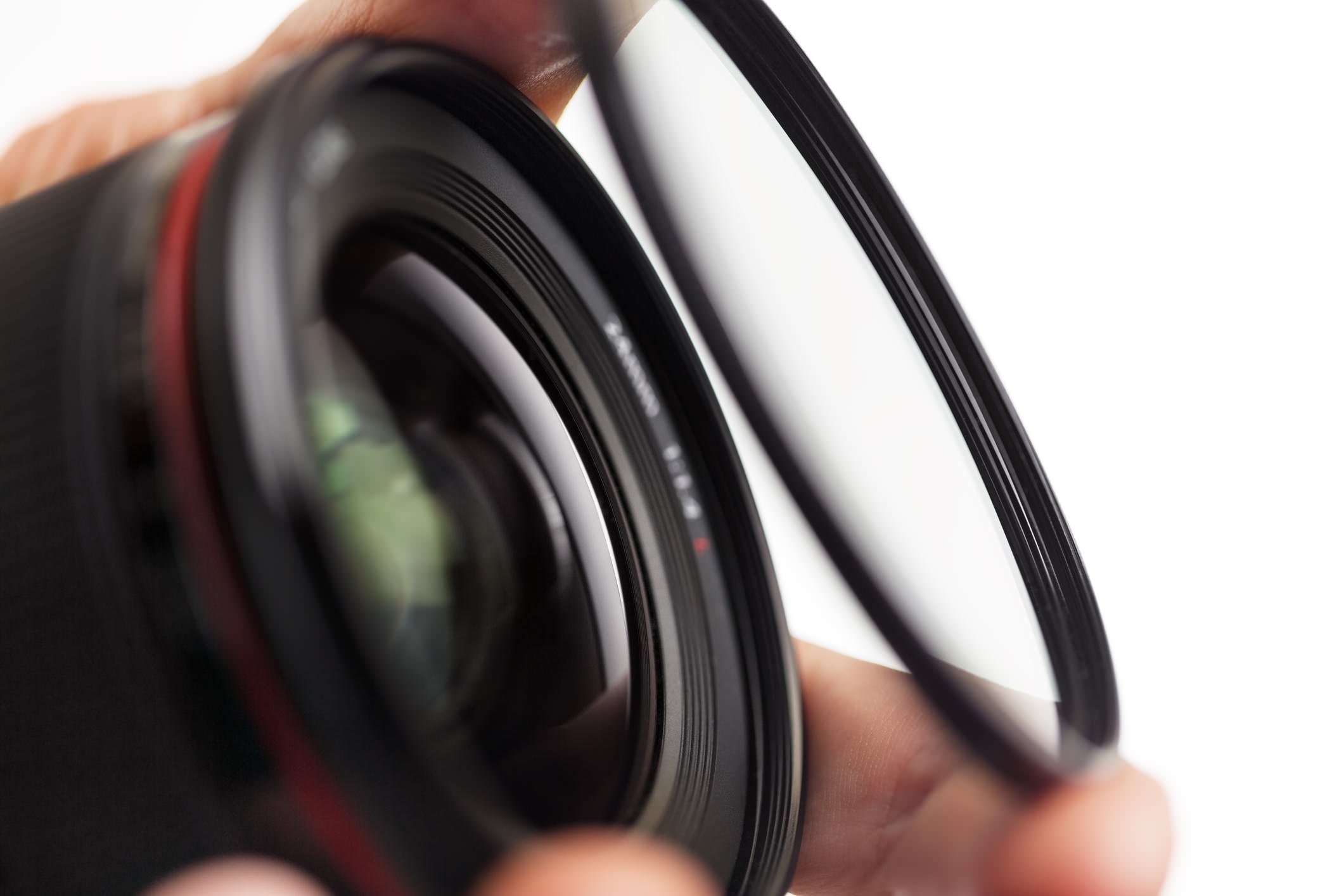
Got glare in a mid-day scene you need to get rid of? Want the colors in the photo you’re taking to be more saturated? Do you want the skies in your landscape shots to be a deeper blue with brighter white clouds?
A good polarized filter can accomplish all of these things!
As many photographers know, a polarized filter can be your best friend, but with so many options out there, deciding on a good filter can be just as difficult as composing the shot. To help you narrow down your list and get the best possible filter that will perform for you no matter the conditions, we’ve put together a run-down of three of our favorite polarizers on the market today.
Singh-Ray 77mm LB Warming Circular Polarizer Filter
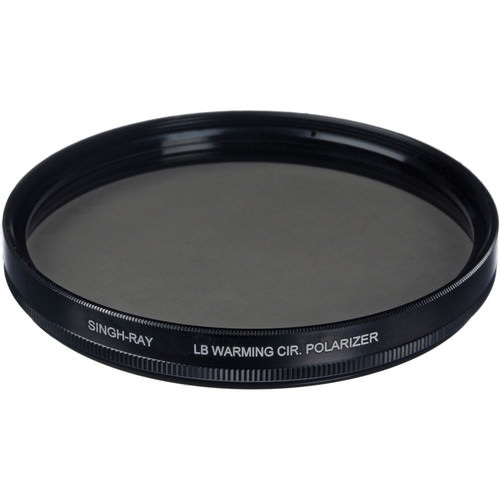
For the highest quality polarized lens, it’s hard to find anything better than the Singh-Ray 77mm LB Warming Circular Polarizer Filter. This ring-mounted filter is built using highly polished proprietary glass that offers you unparalleled image clarity and quality. The LB notation on the filter stands for “lighter, brighter,” meaning the filter has a lower optical density that gives you the ability to shoot with smaller apertures and shorter shutter speeds to give you more flexibility. The LB designation also means you get a brighter viewfinder image so you can more easily compose your shots. That’s not a bad deal!
As noted above, this filter will reduce reflections and glare, whether it’s reflections off of water or glare off of a non-metallic surface. What’s more, the filter will give you clearer photos when photographing in hazy conditions. Since it’s a warming filter, you will get a reddish/yellowish effect across the entire image for a subtle yet impactful warming effect. And, since it’s a circular polarizer, you will have full use of your camera’s autoexposure and autofocus features.
Singh-Ray is known industry wide for their top-notch filters. The quality of construction and the crystal clear results will leave you wondering why you hadn’t invested in a Singh-Ray filter years ago. Check out the Singh-Ray 77mm LB Warming Circular Polarizer Filter and add one to your bag today!
Hoya 77mm NXT Circular Polarizer Filter
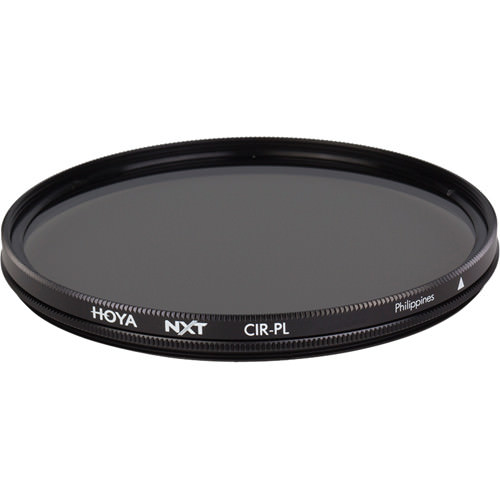
Another entrant onto our list of the three best polarized filters is the Hoya 77mm NXT Circular Polarizer Filter. This non-coated filter is built with heat-resistant glass that also has high transparency. In fact, the Hoya NXT has over 97% average light transmission. That means that you get the benefits of glare and haze reduction and more saturated colors without sacrificing precious lighting to get a well-exposed image.
Like other polarized filters, the Hoya NXT has its strongest effect when it’s used at a 90-degree angle from the sun. And, as noted above, since the Hoya NXT is a circular polarizer that screws onto the end of your lens, it’s perfect for use with an autofocus lens. Better still, Hoya has a solid reputation for building quality filters for a good price! Have a look at the Hoya 77mm NXT Circular Polarizer Filter to see if it’s the right one for you.
Tiffen 77mm Digital HT (High Transmission) Circular Polarizing Multi-Coated Filter
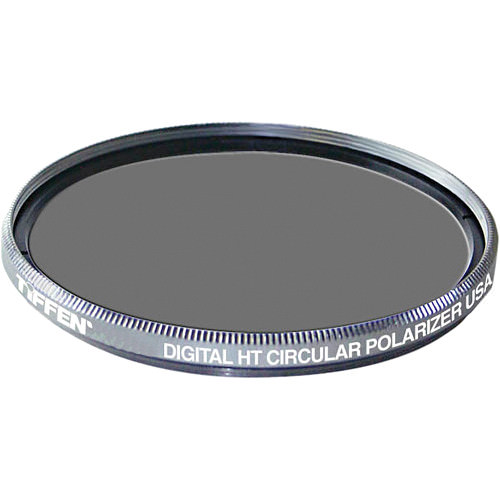
Rounding out our top three polarized filters is the Tiffen 77mm Digital High Transmission (DHT) Circular Polarizing Multi-Coated Filter. This filter features high-end optical glass with a titanium coating, so you’re sure it’s strong enough to stand up to long, rough and tumble days filled with picture-taking. In fact, this filter exceeds the hardness and durability specifications of the military, so you know it’s ready for whatever you throw at it.
The Tiffen DHT also features ColorCore technology, which gives you improved resistance to scratches. What’s more, the coating offers a protective layer for the filter glass, meaning you don’t have to clean it! And, with a low-profile titanium ring and anti-reflective black lock ring, you’re sure that your filter won’t inhibit your ability to see the scene and compose the shot. Don’t take our word for it though - see what the Tiffen 77mm Digital High Transmission (DHT) Circular Polarizing Multi-Coated Filter can do for you!
With that, you have three high-quality polarized filters from which to choose. Each filter will serve you well no matter the conditions in which you shoot. If you need glare-reducing, haze-reducing, color boosting power, give a polarized filter a try today. If you’ve never used one before, you’re certain to be impressed with the results!

